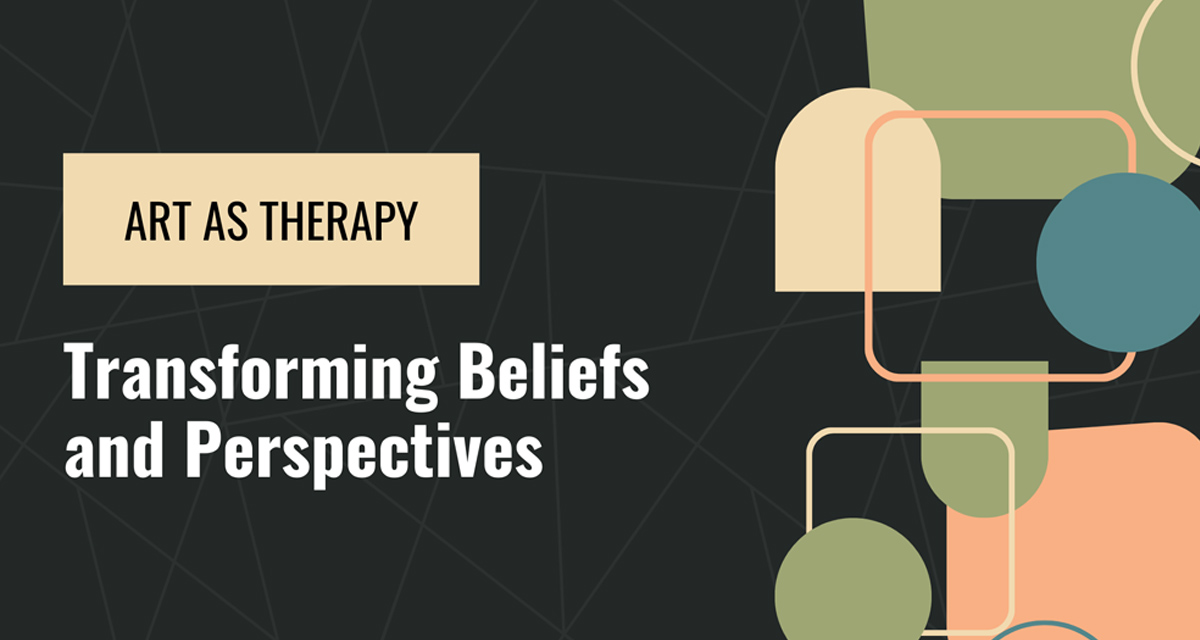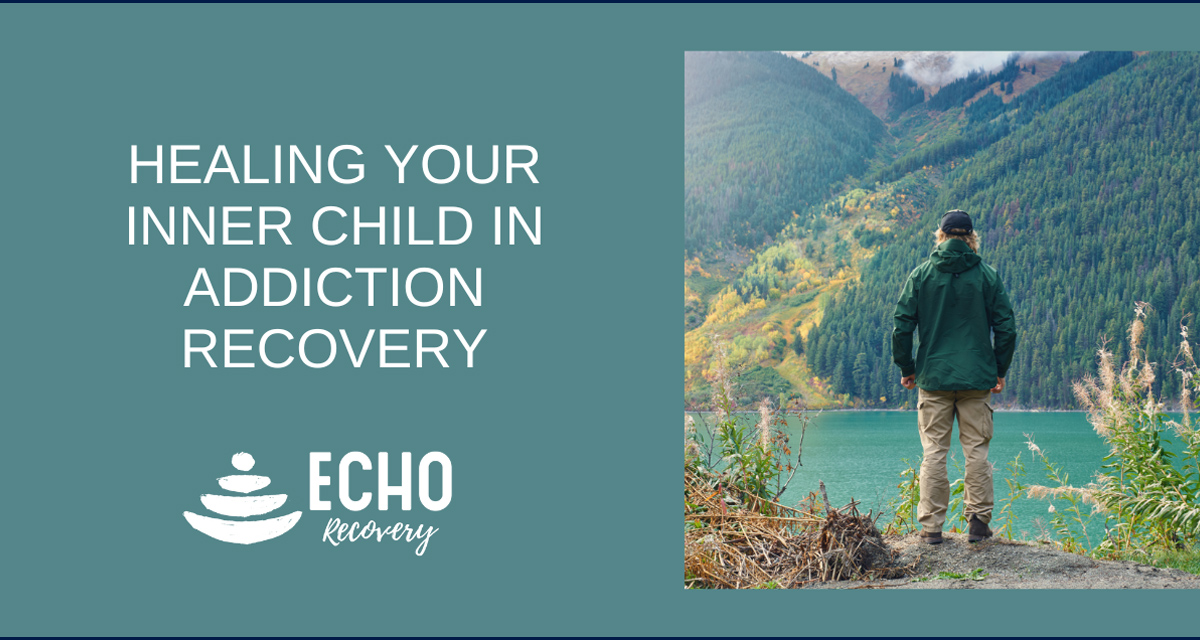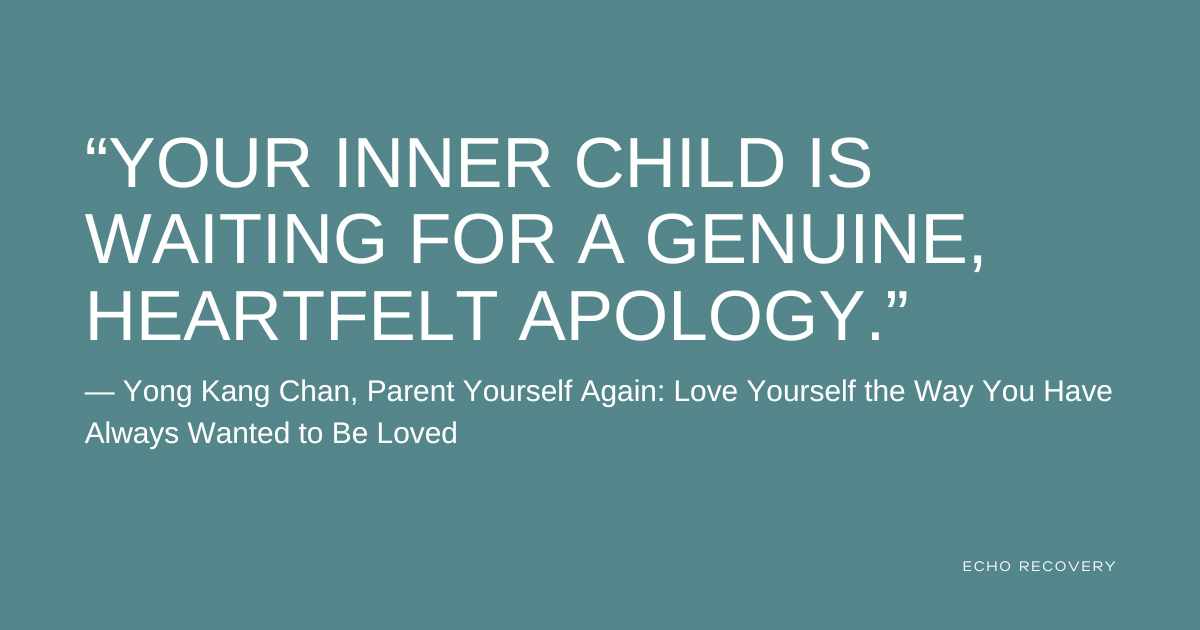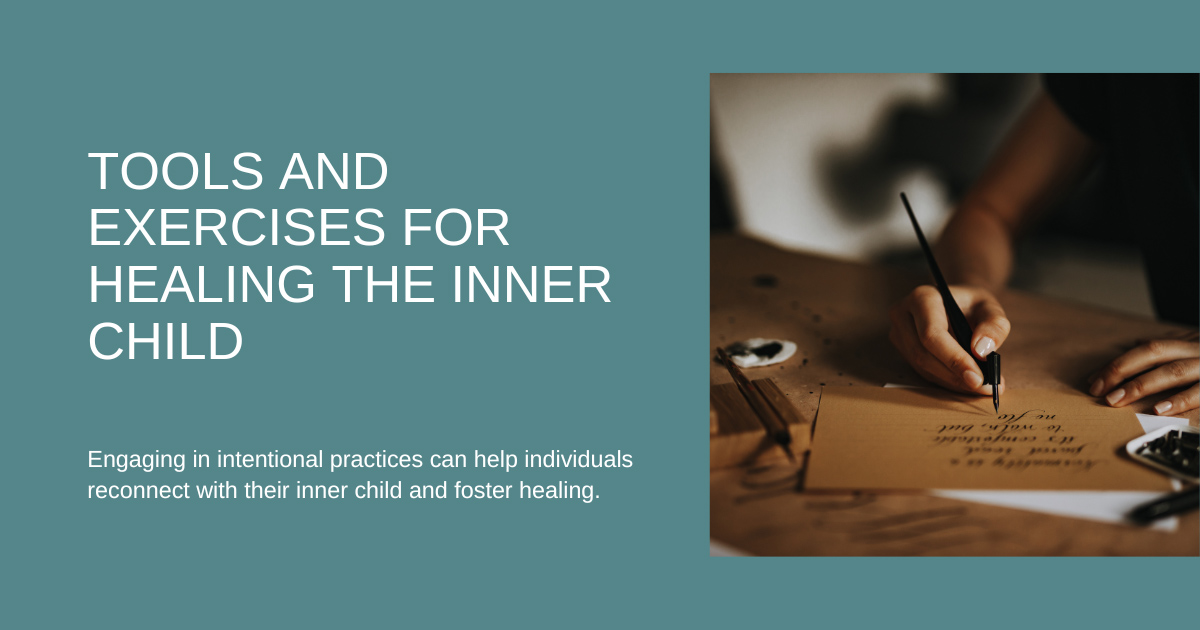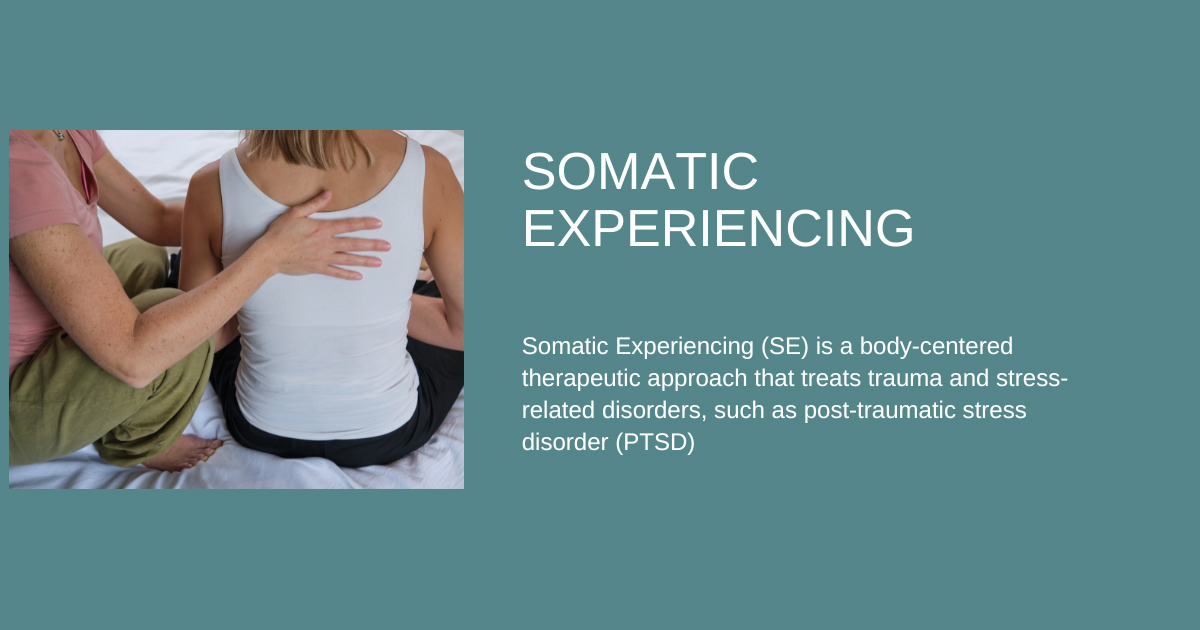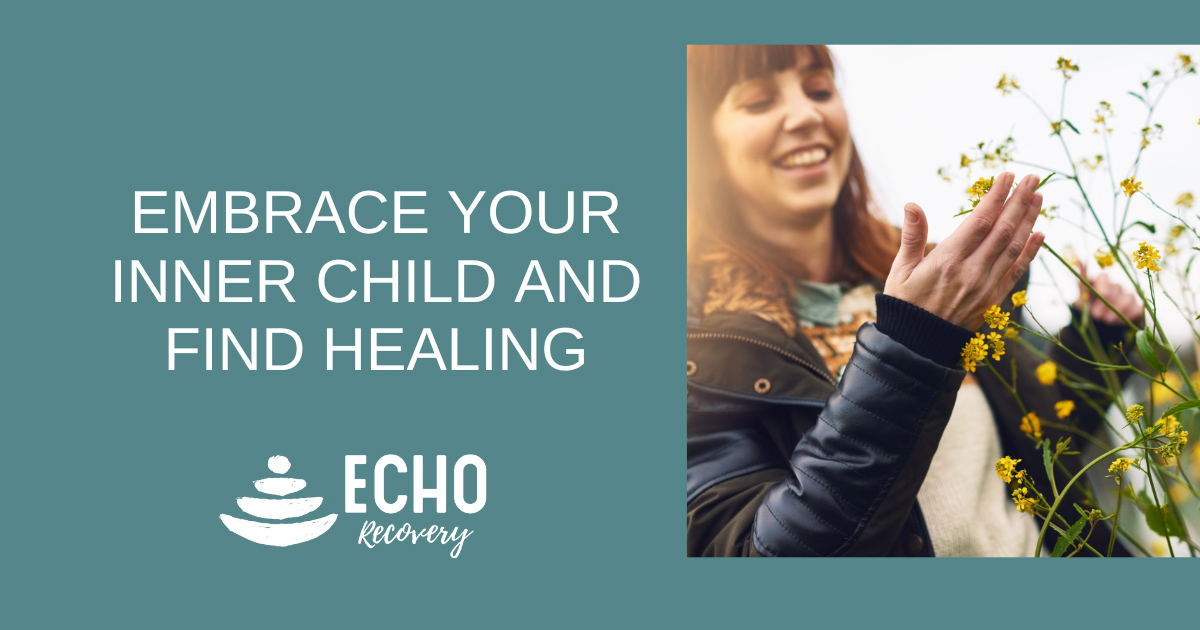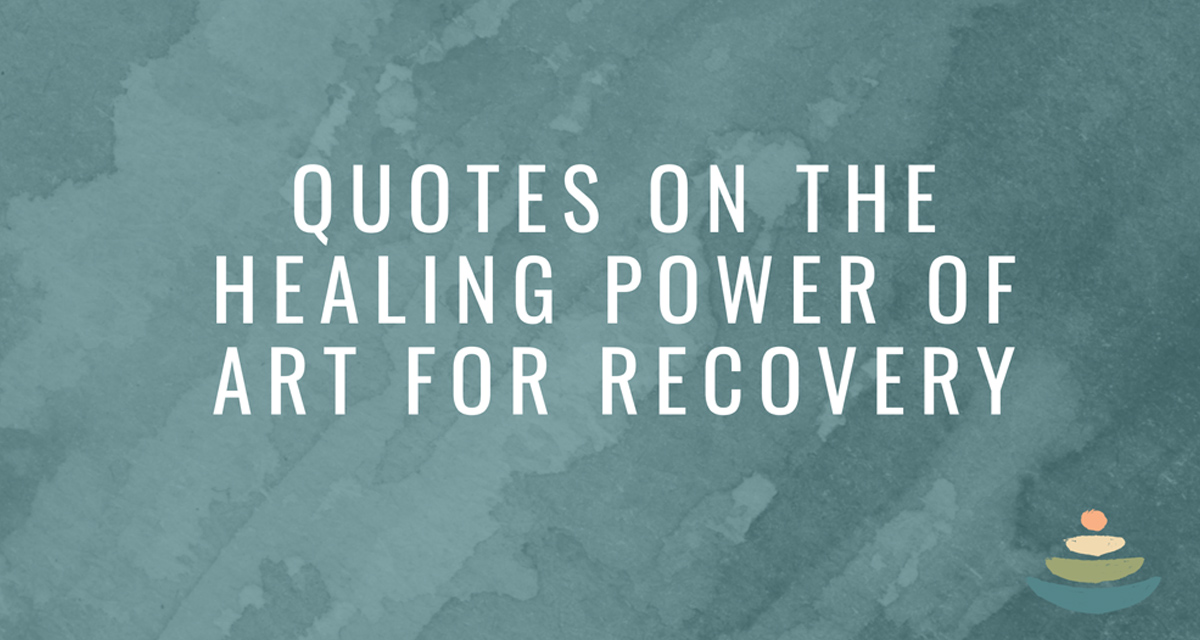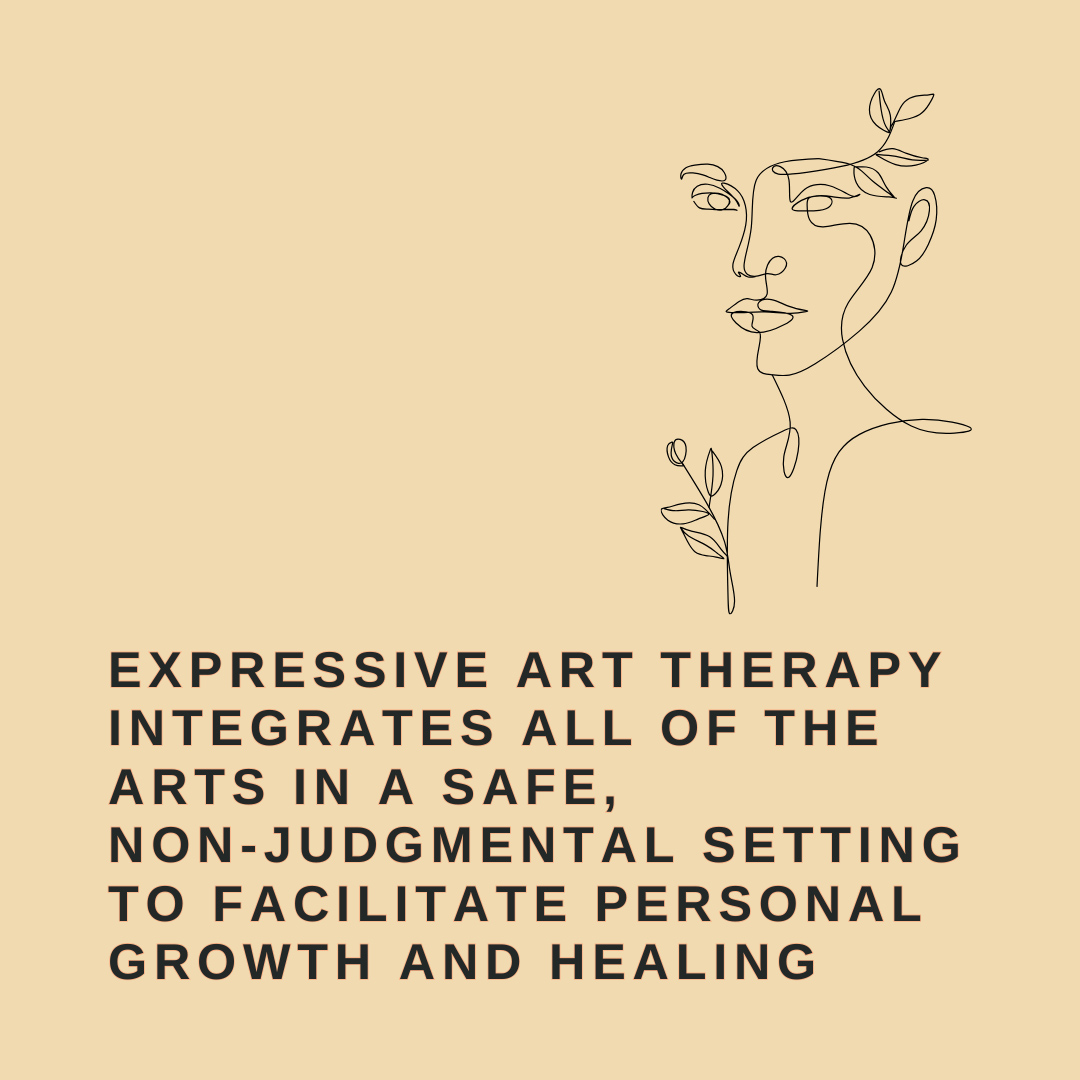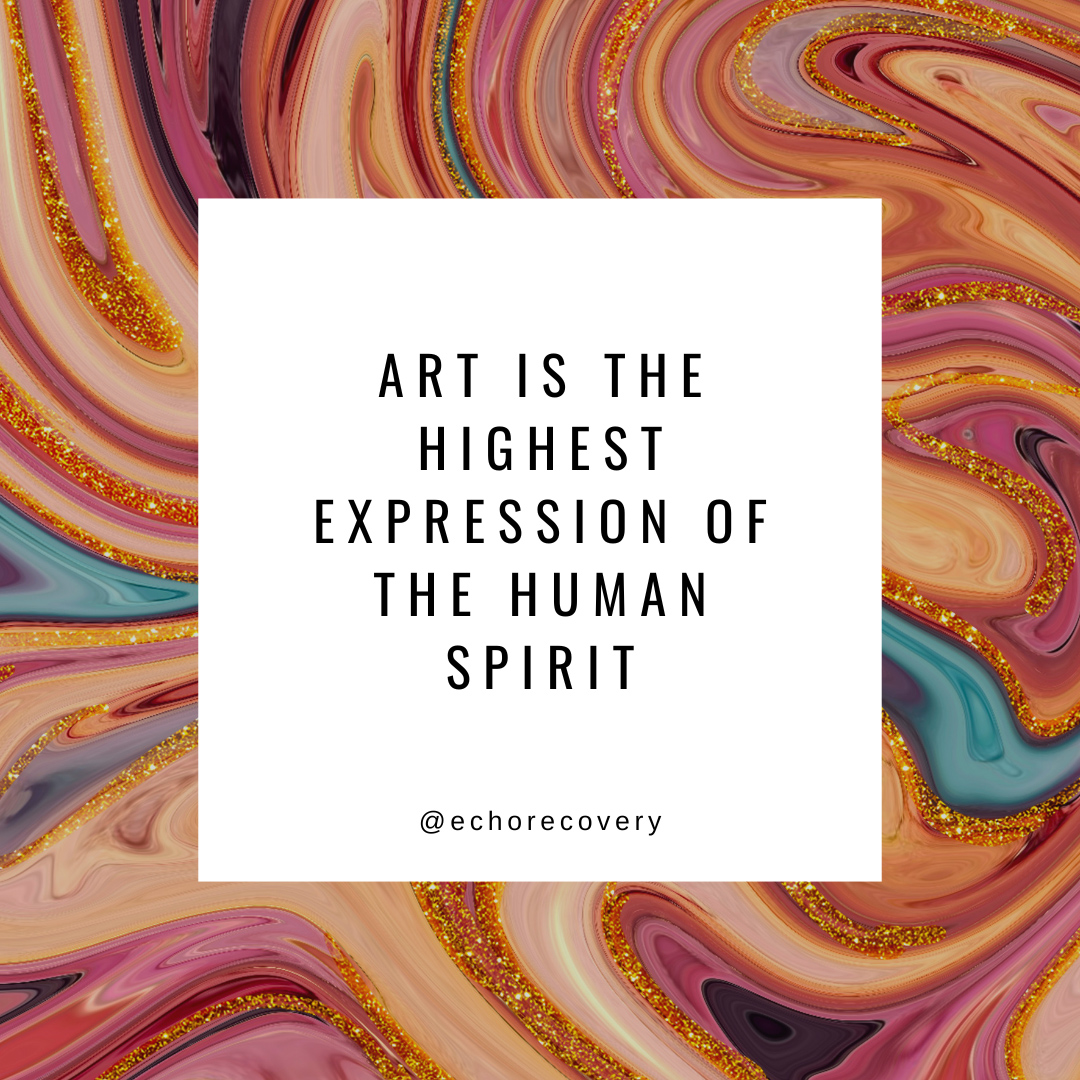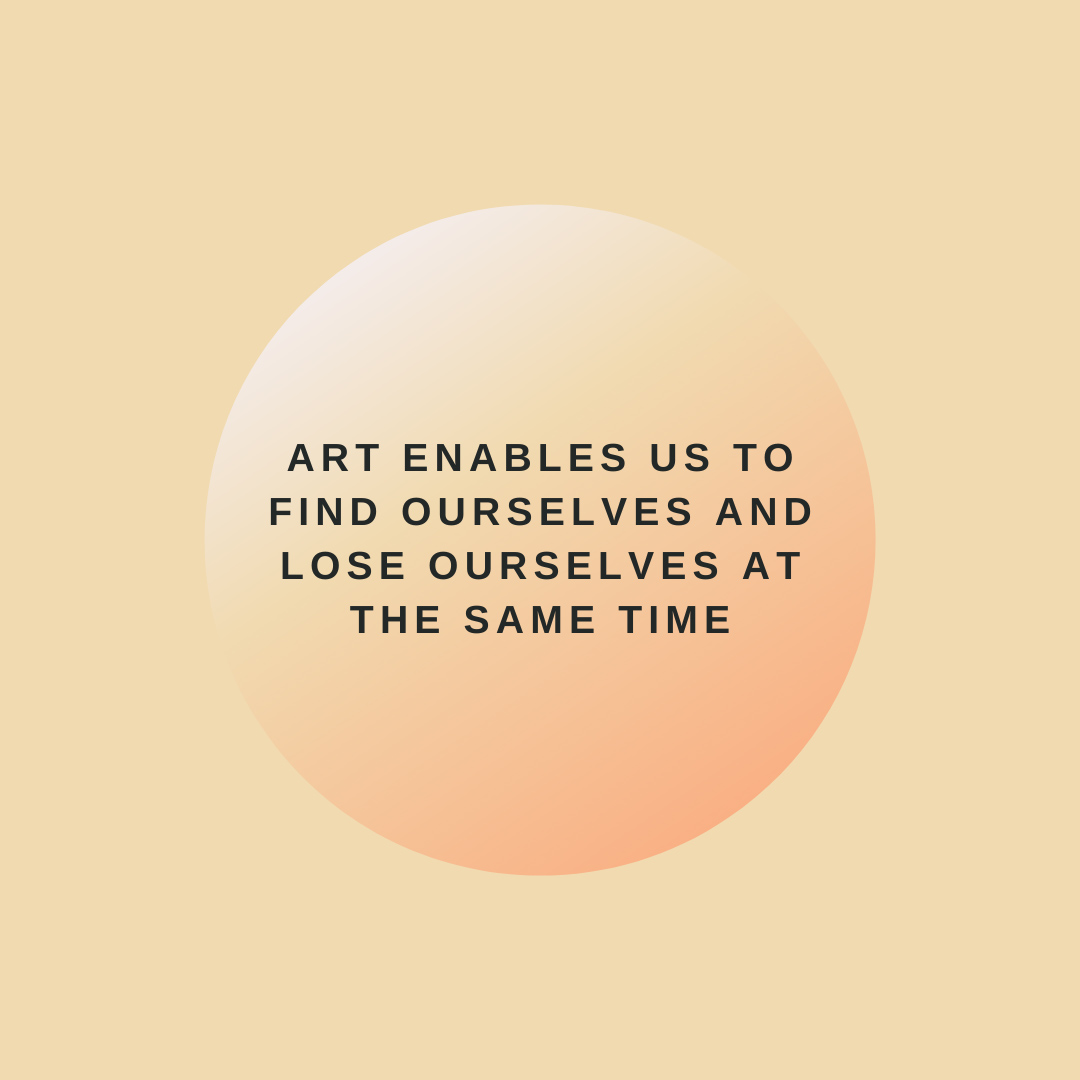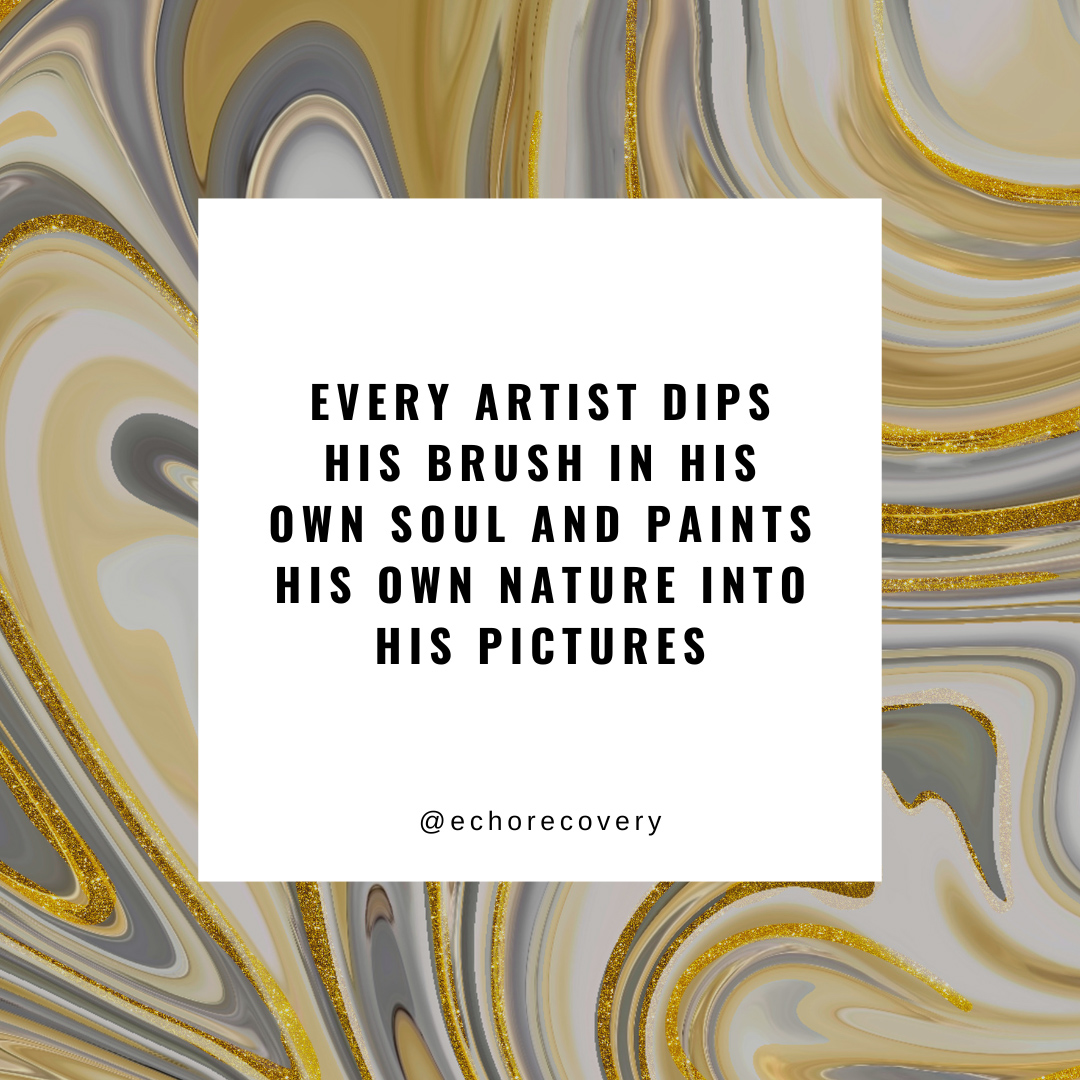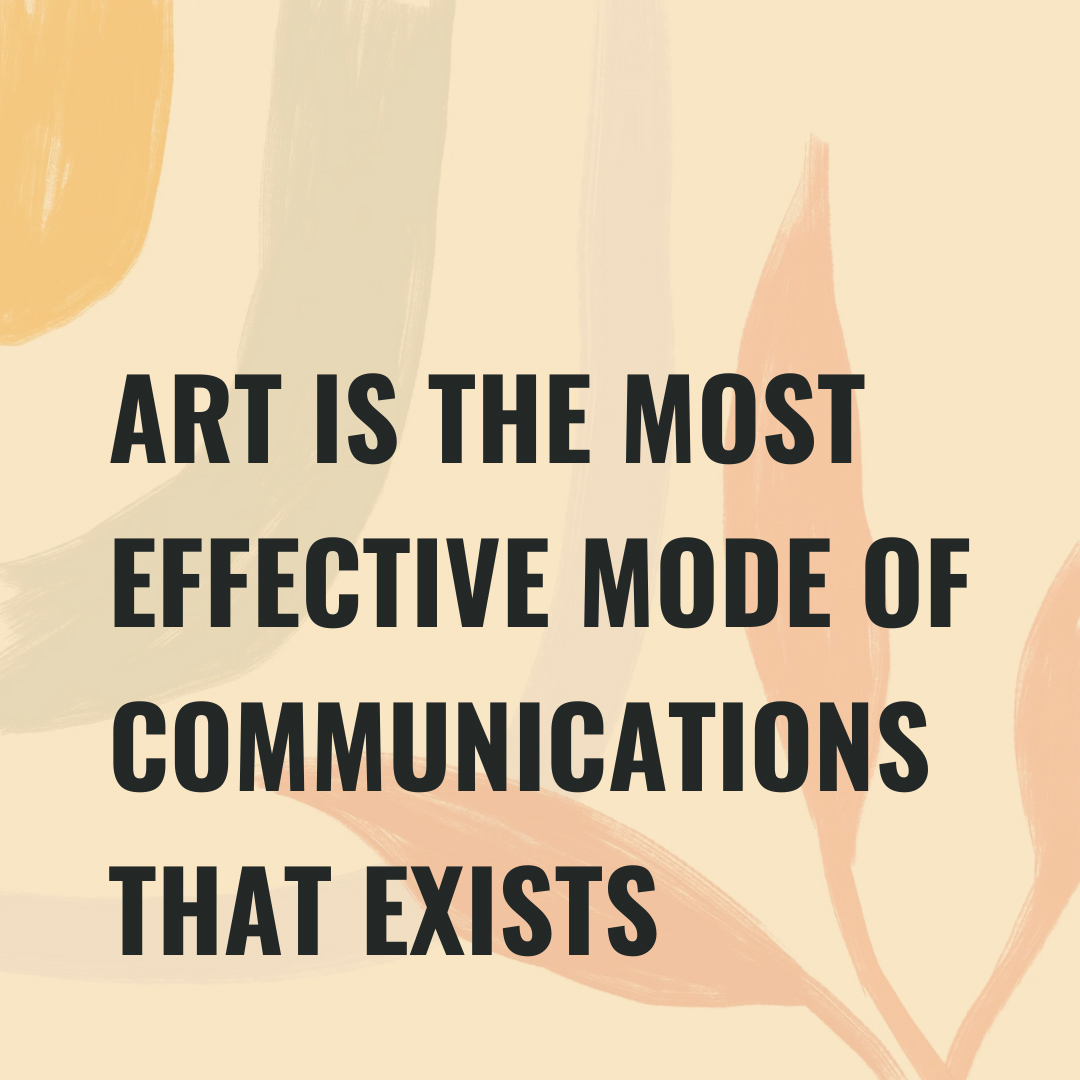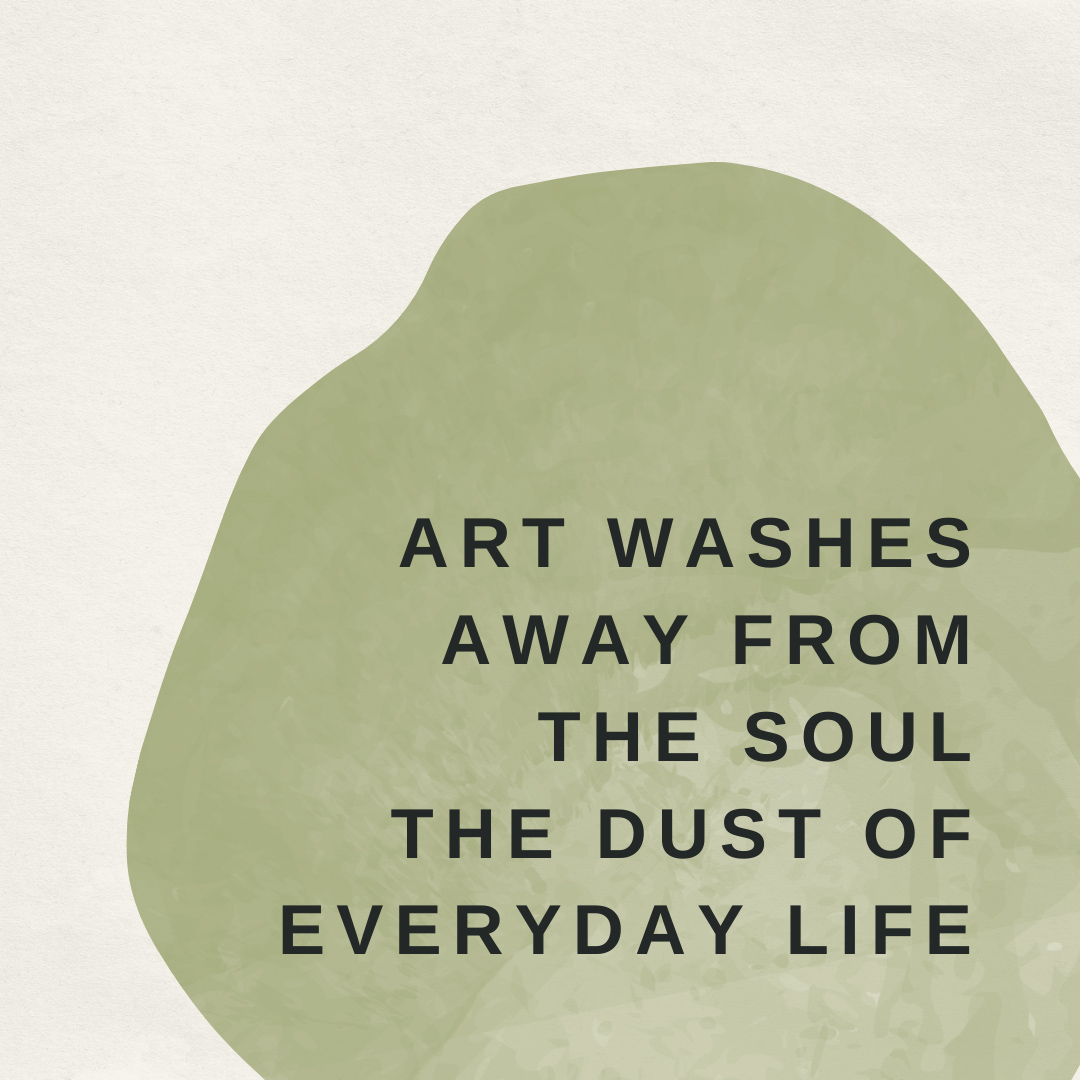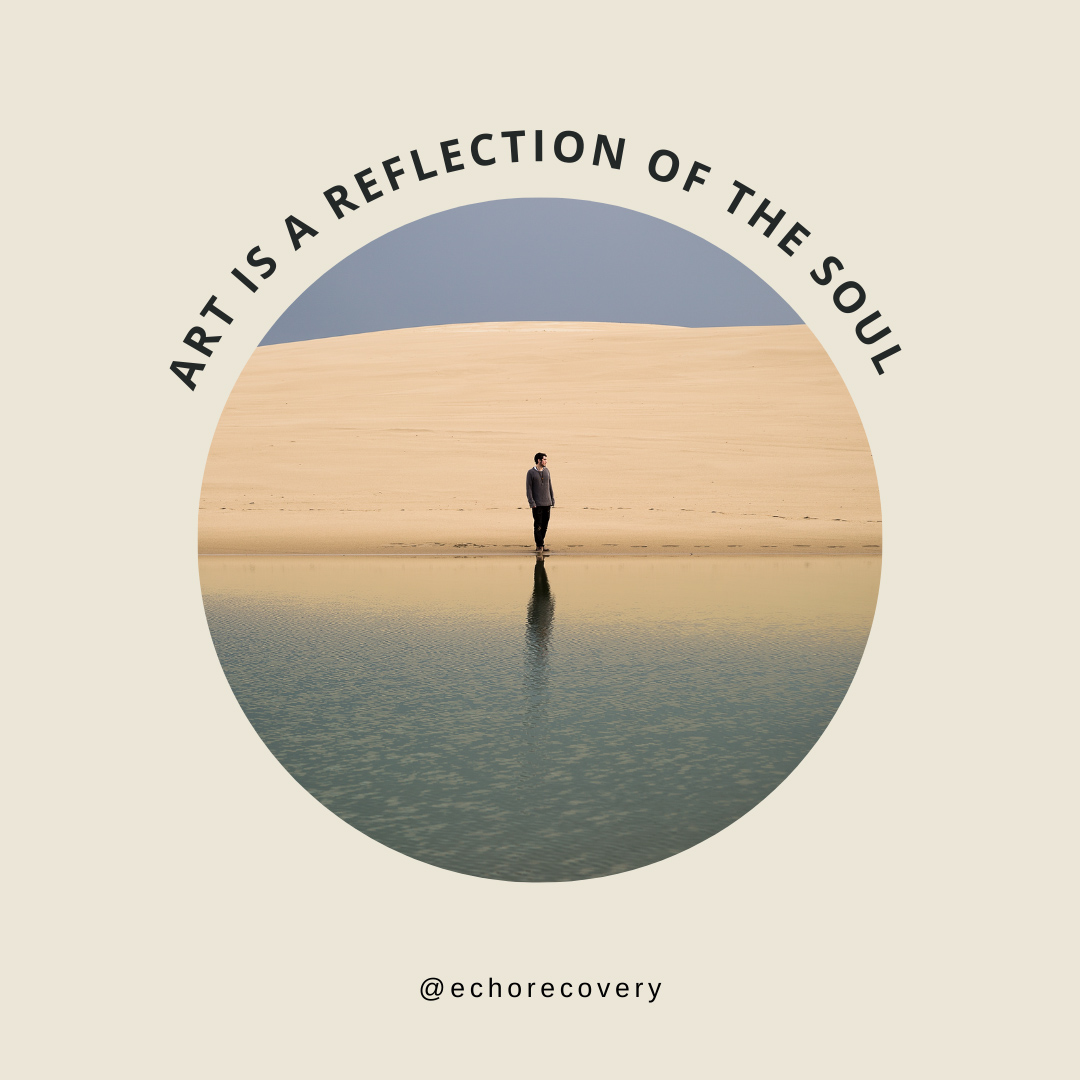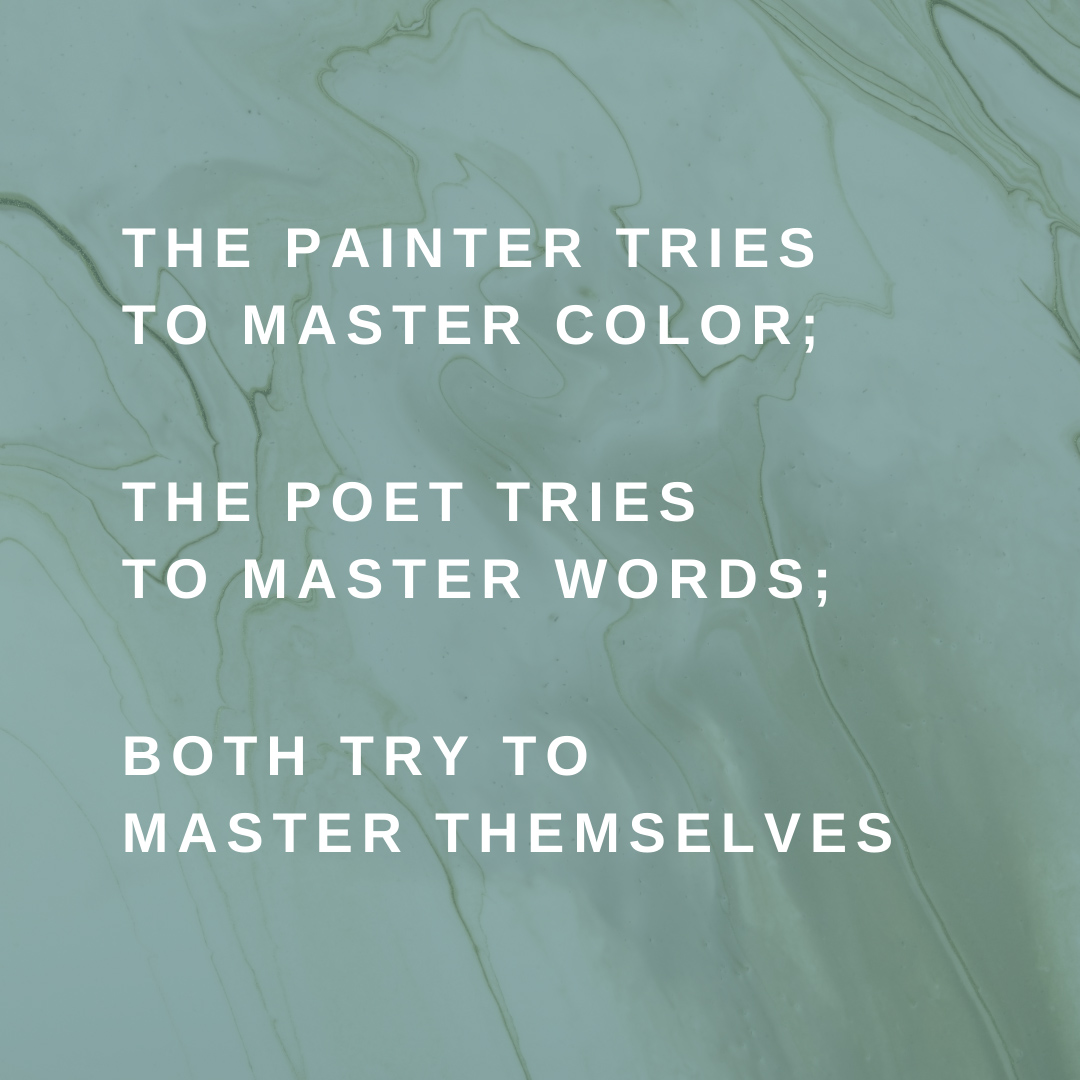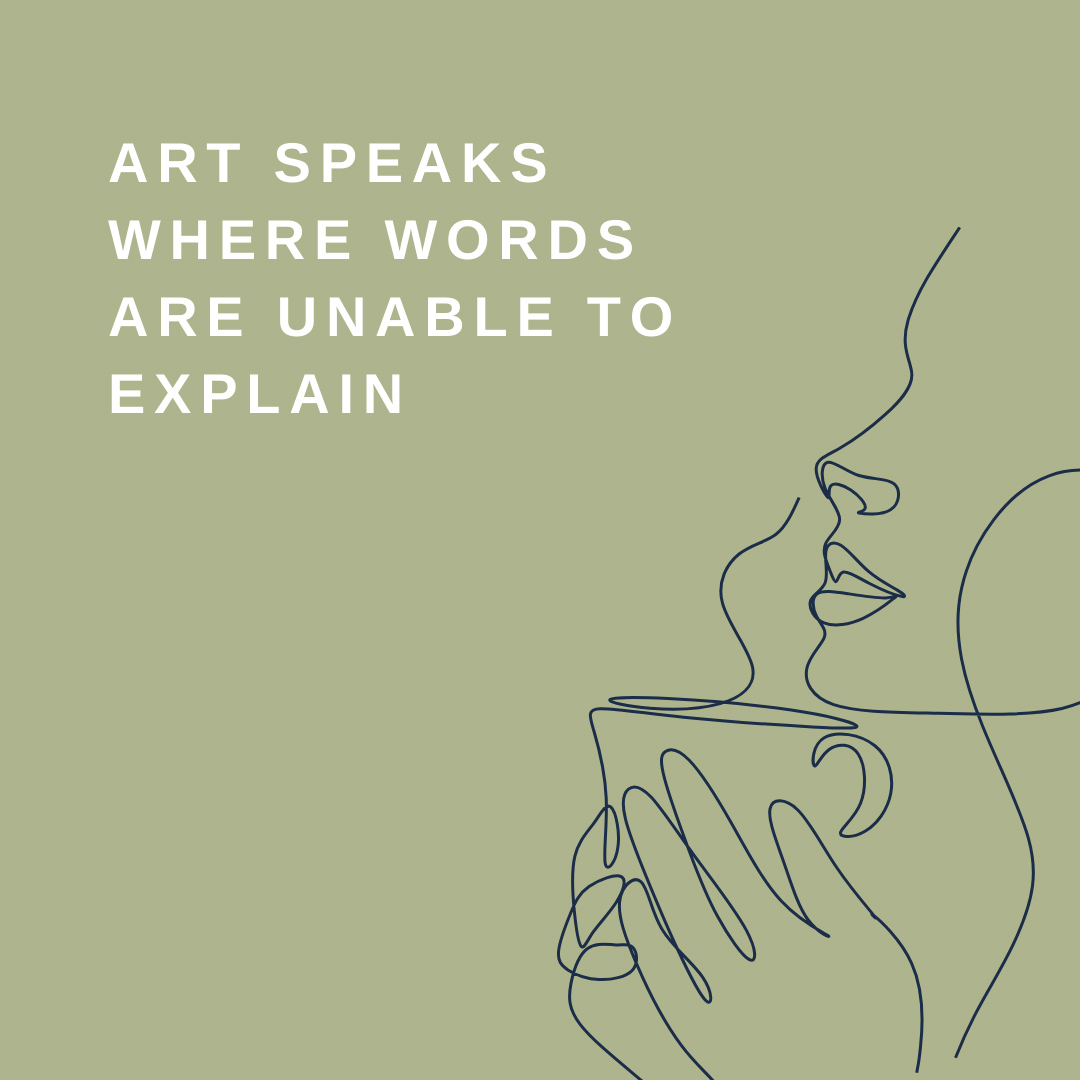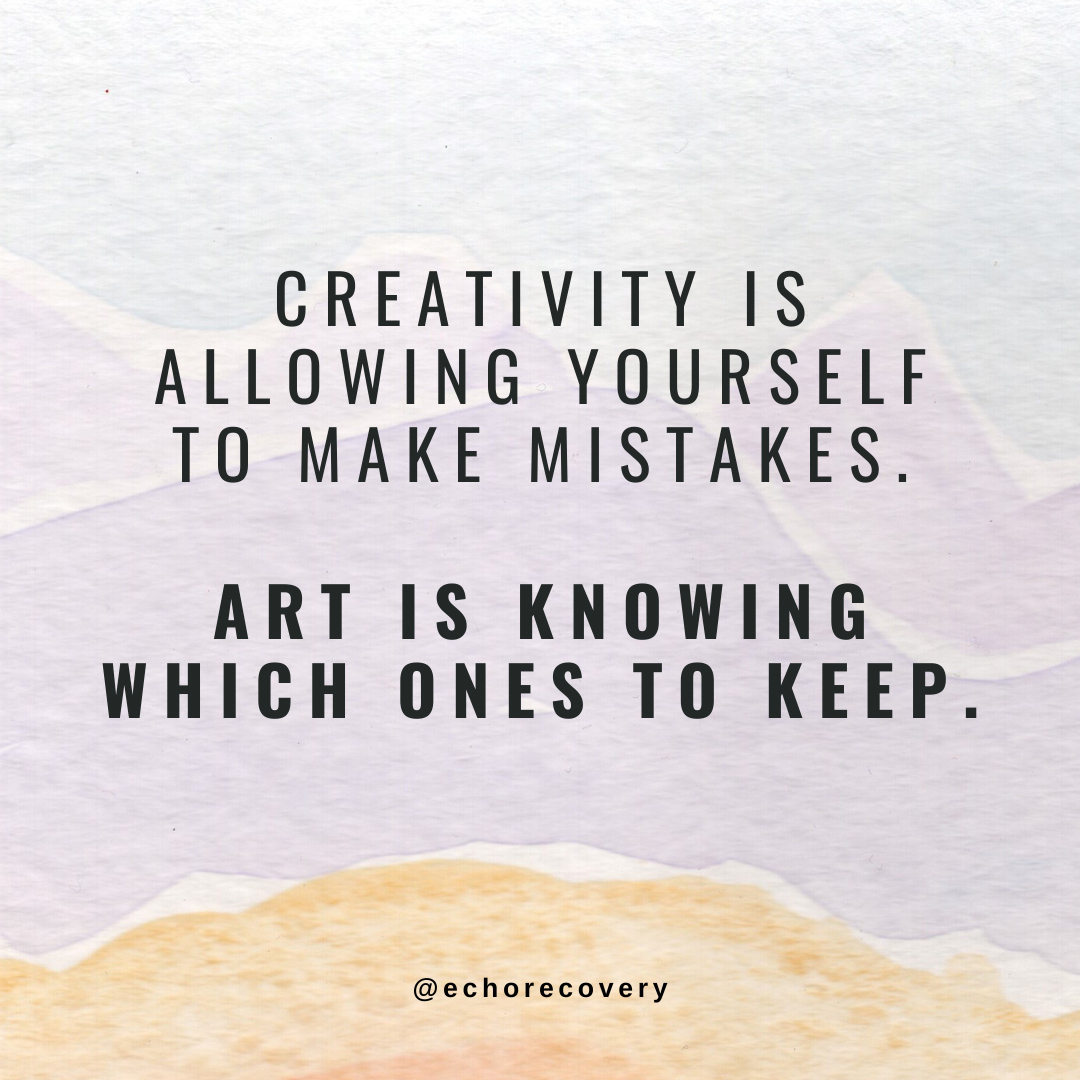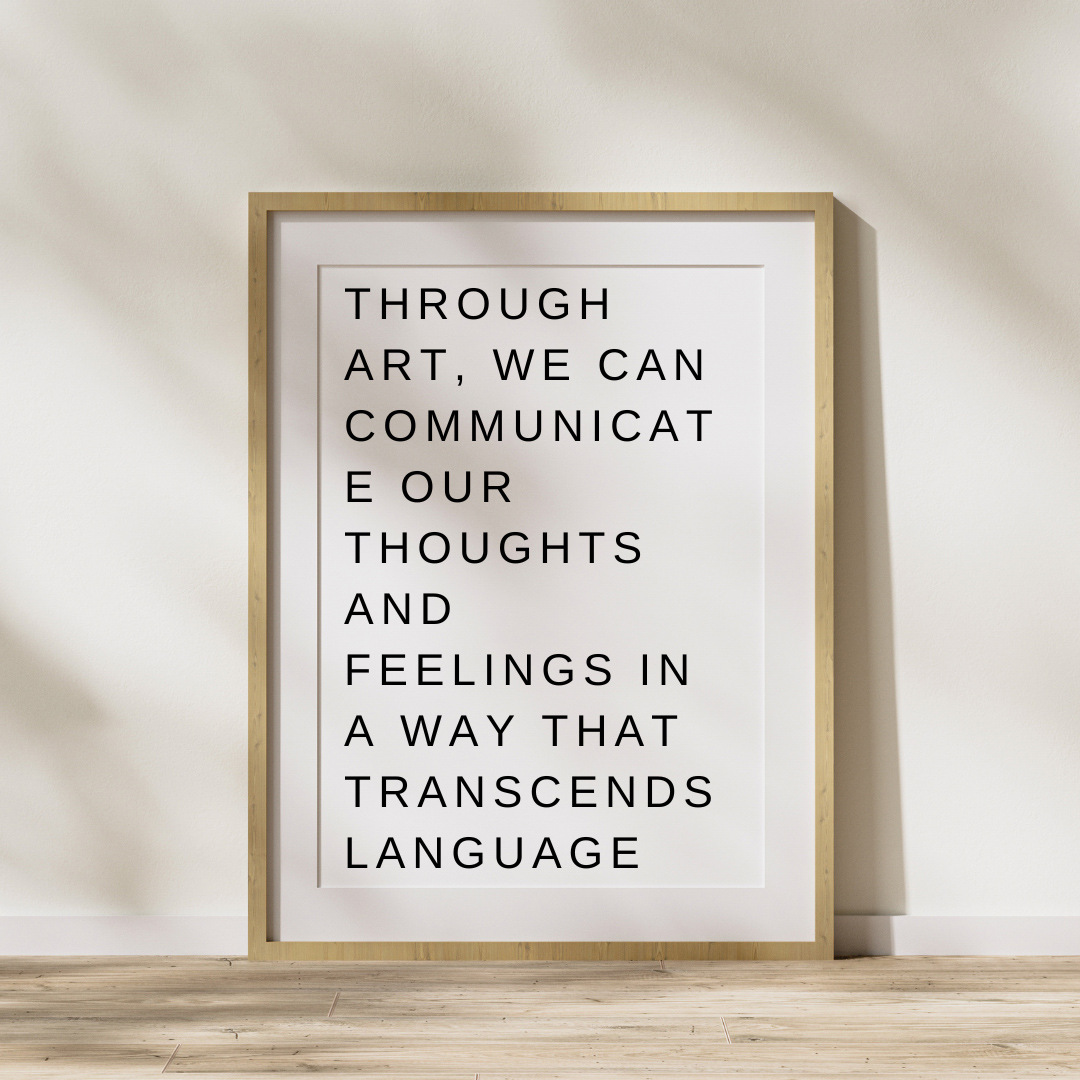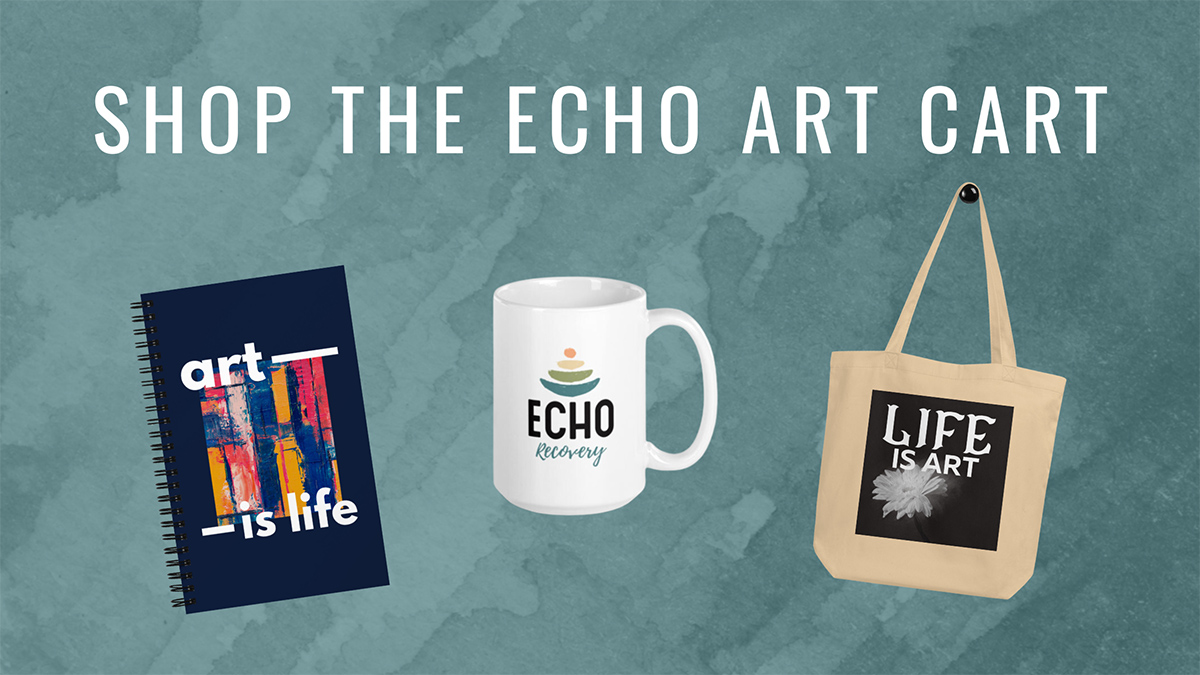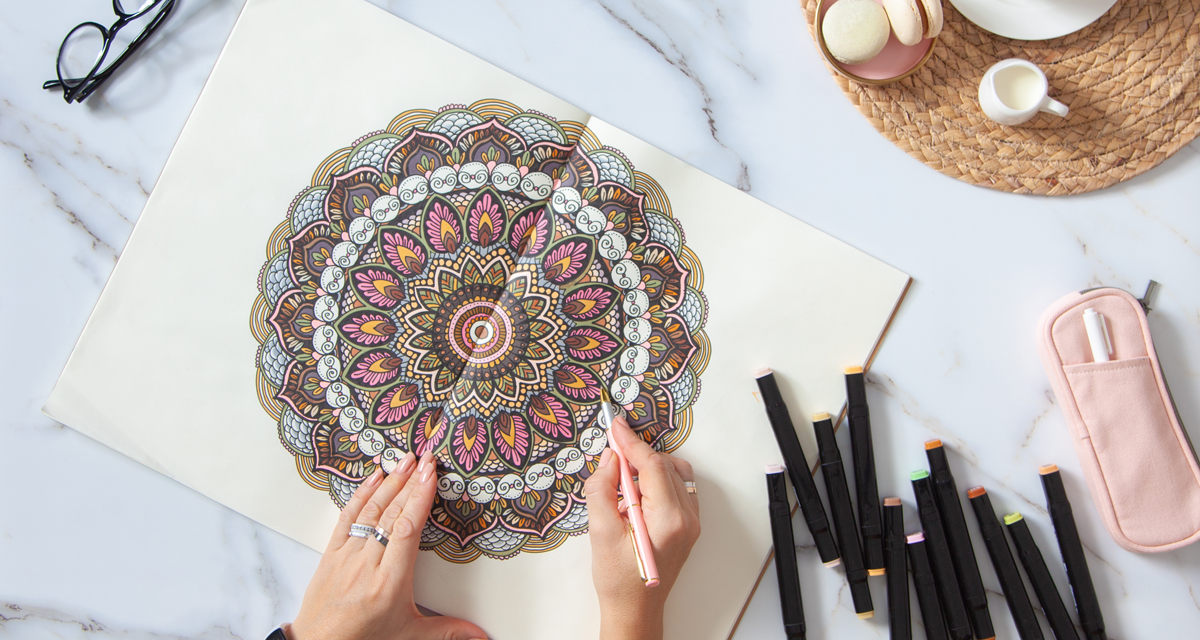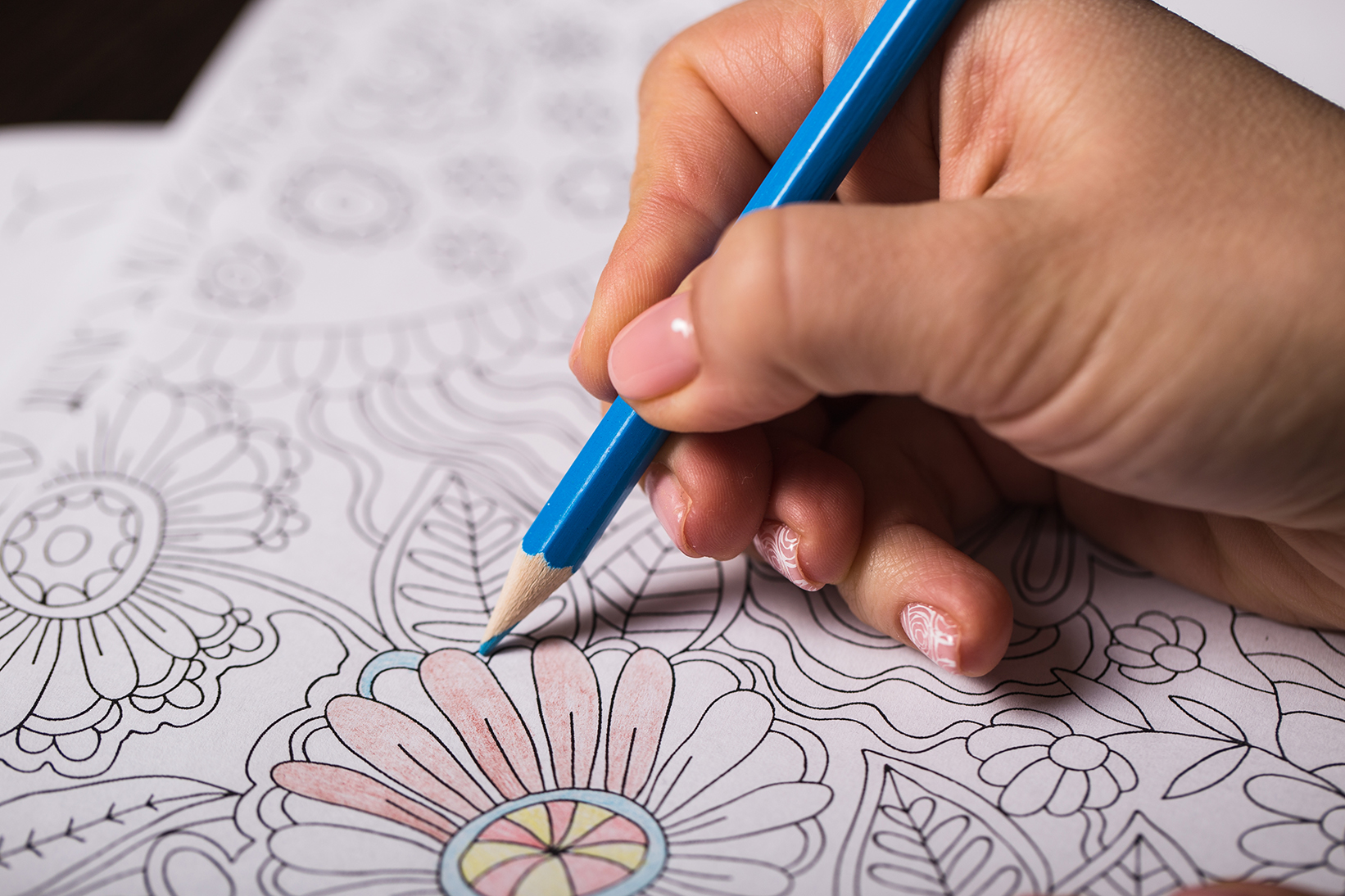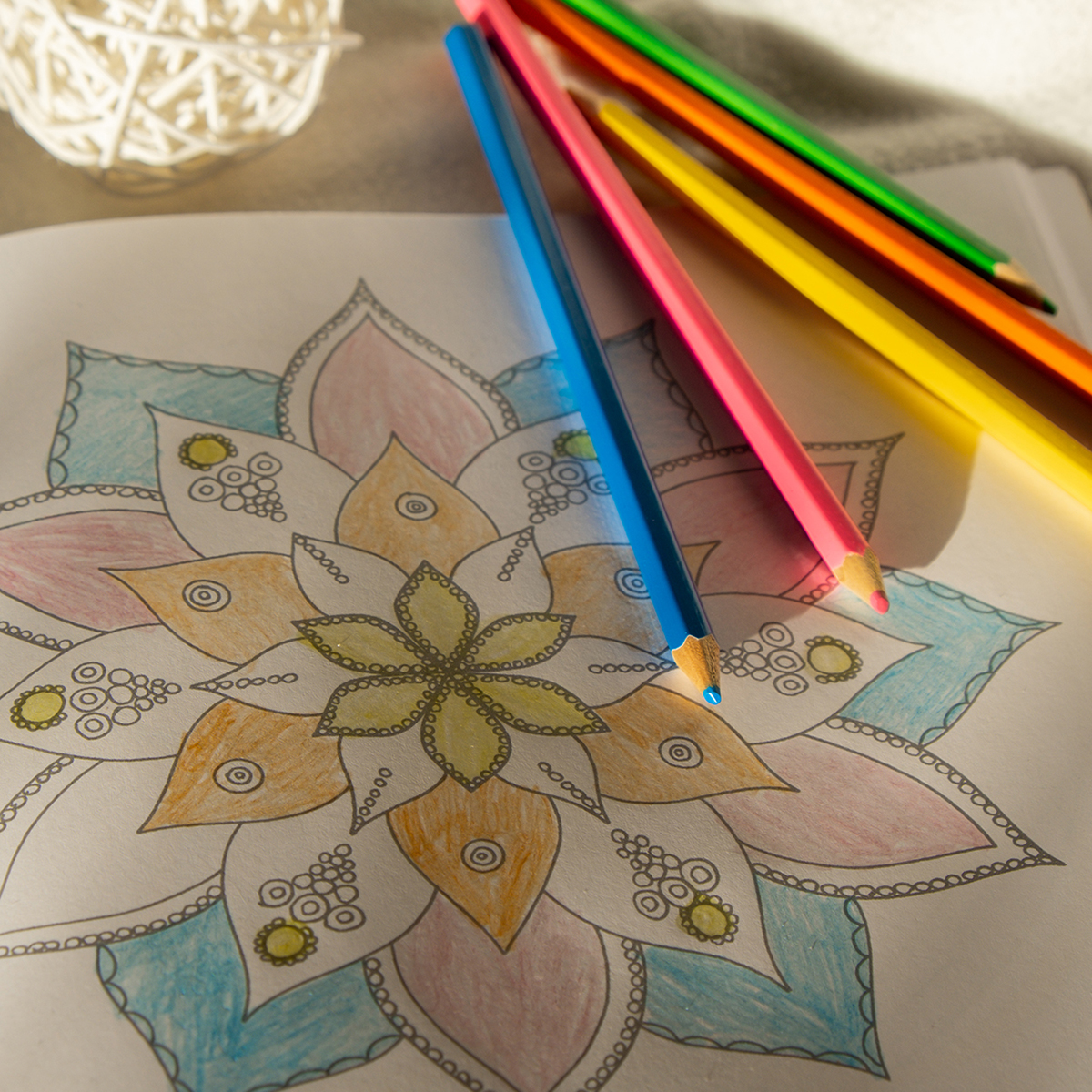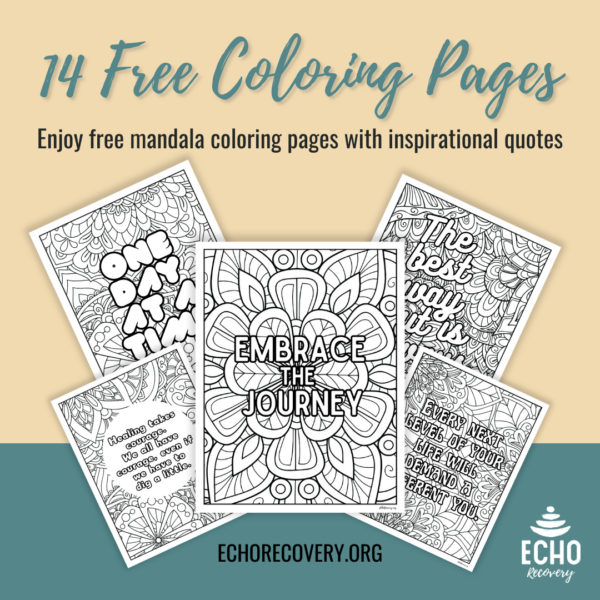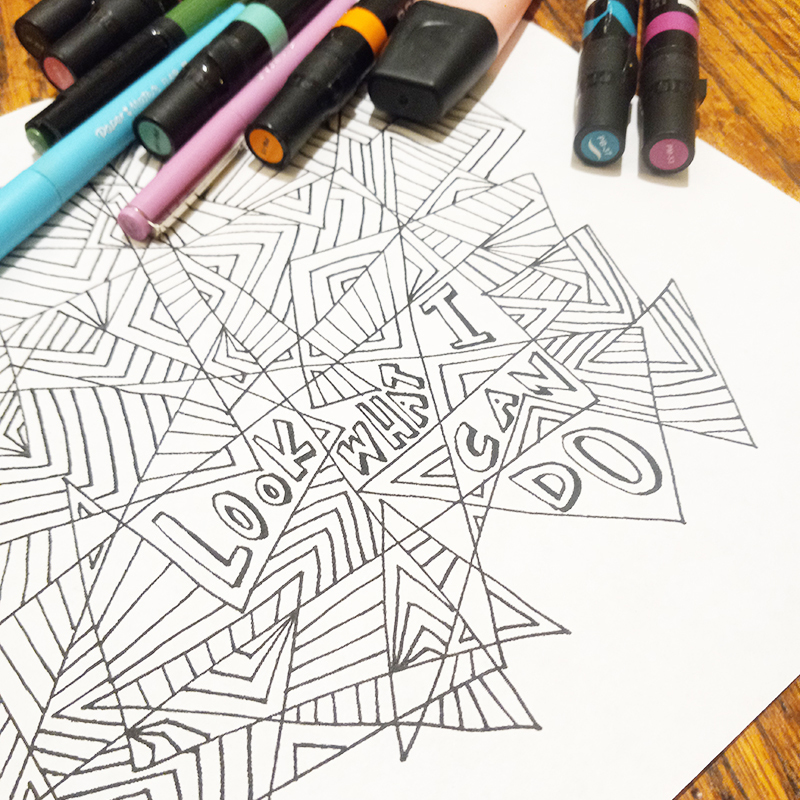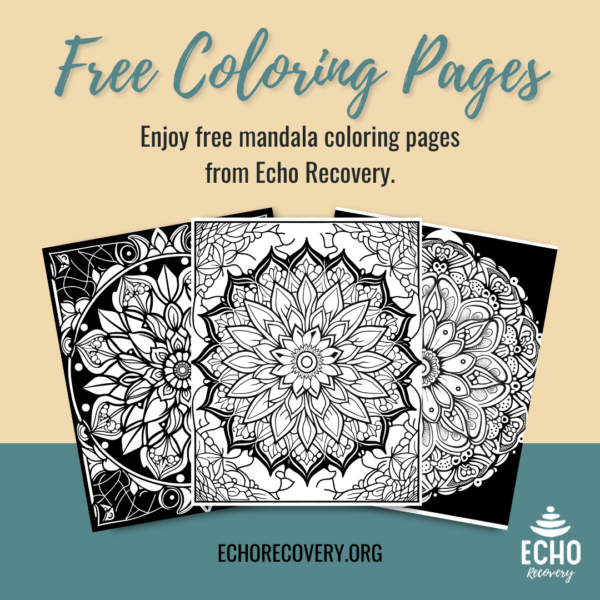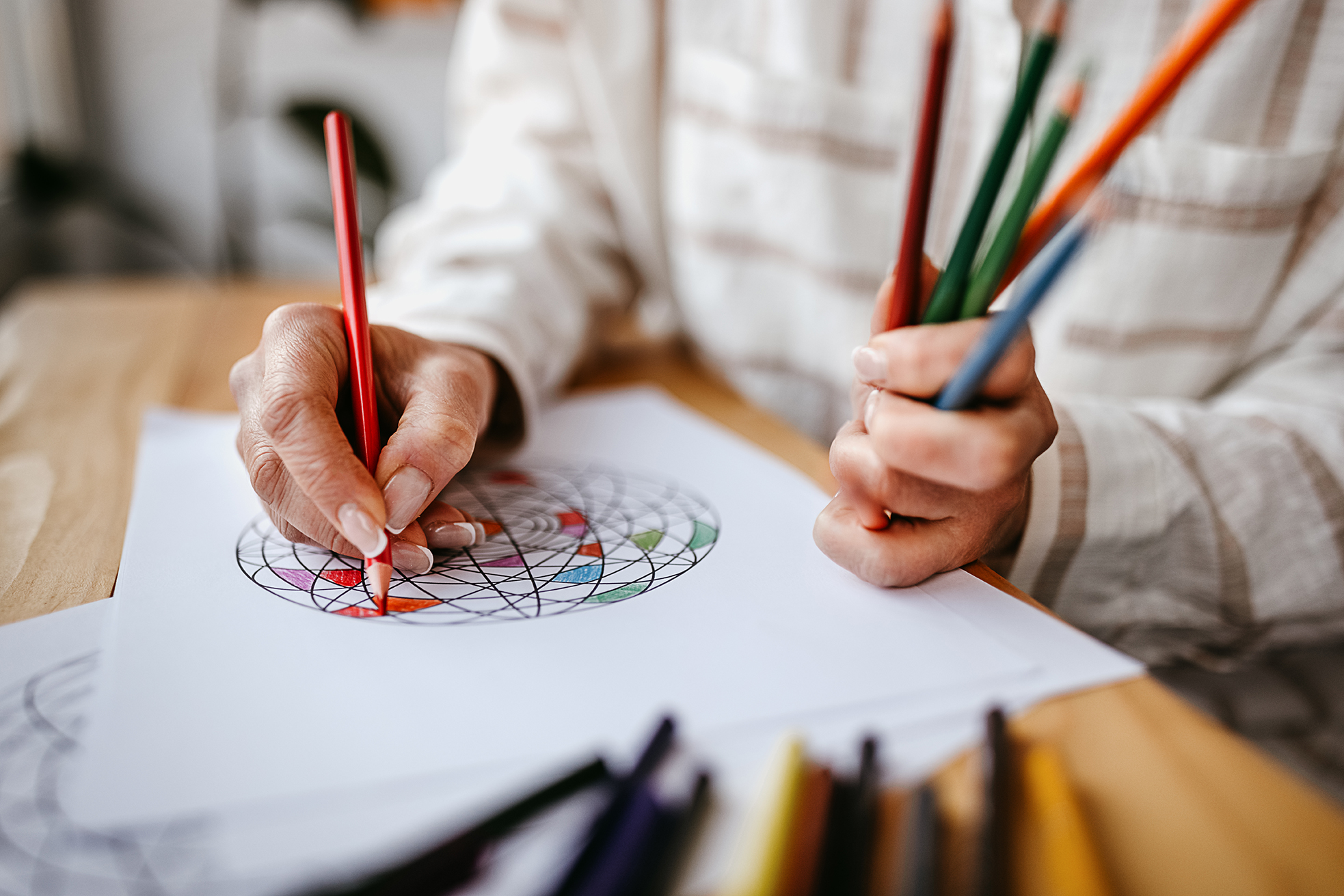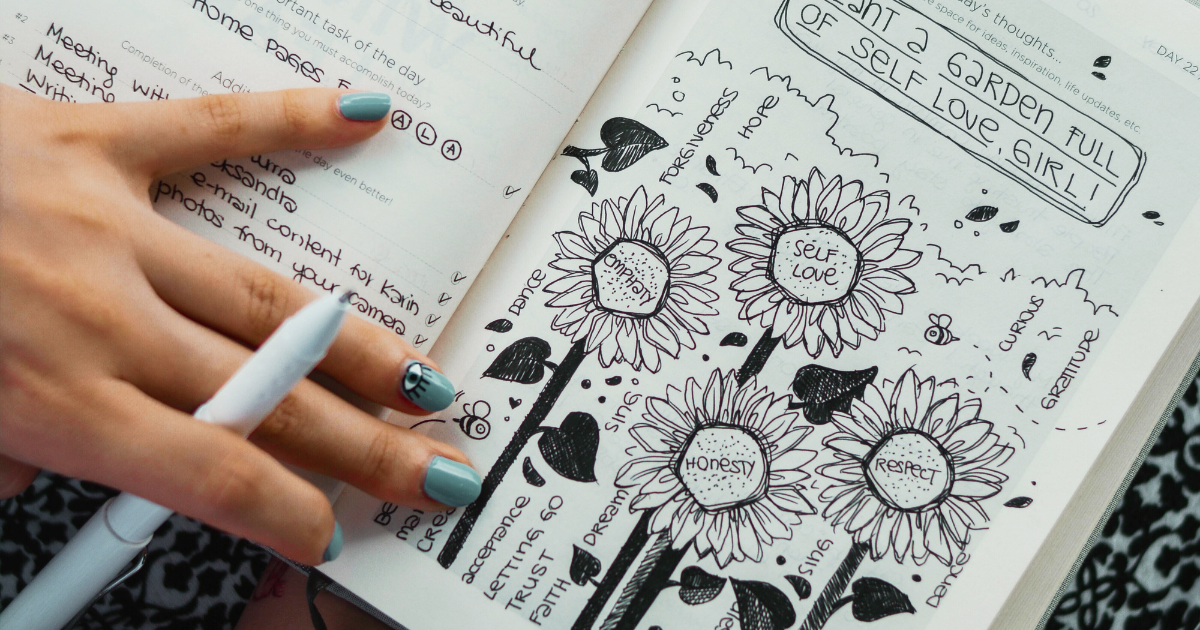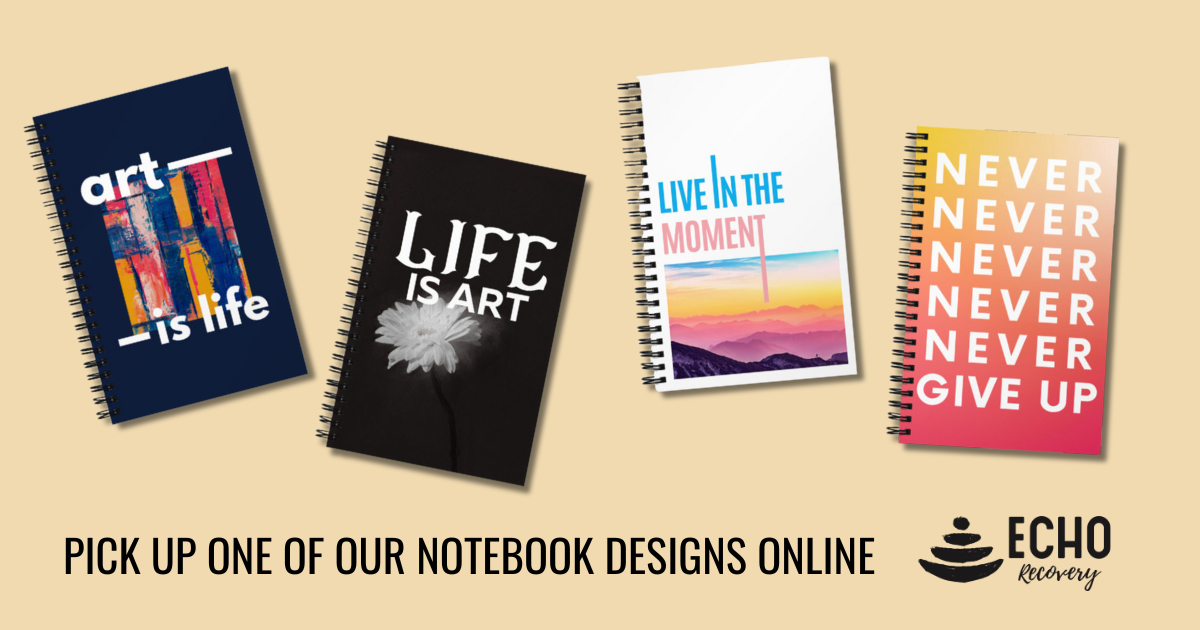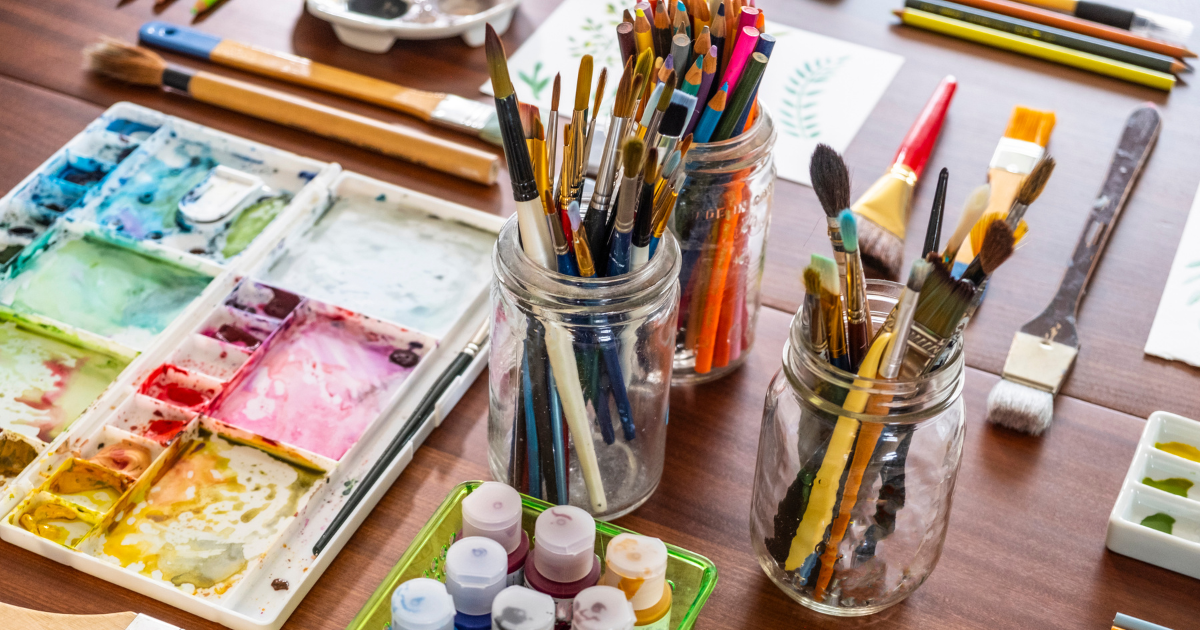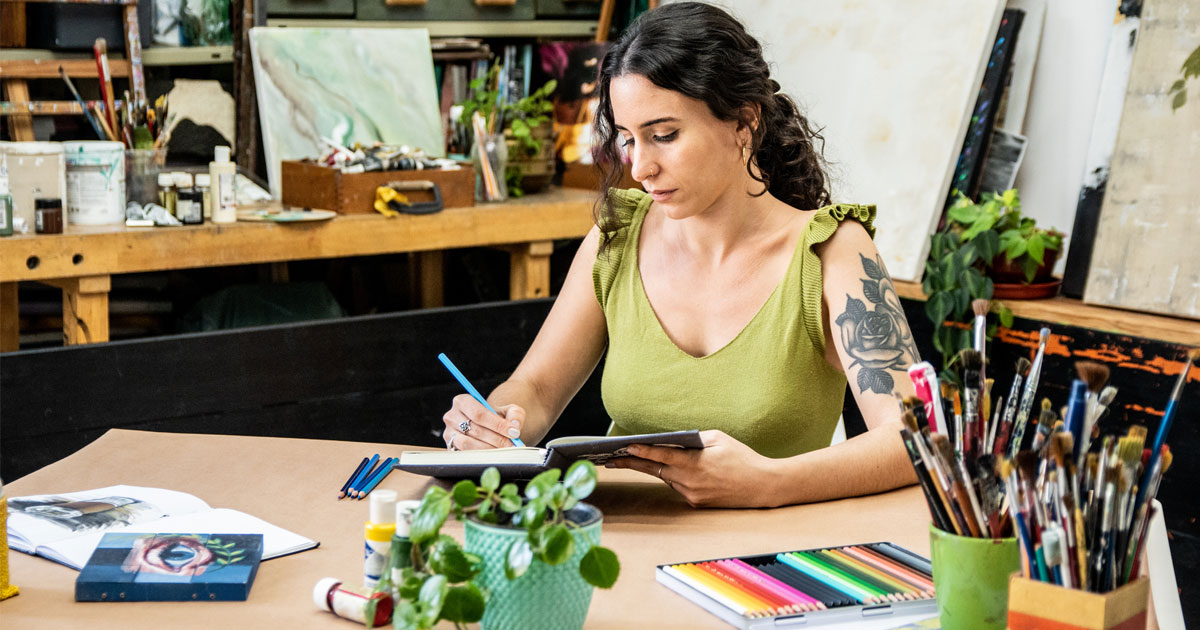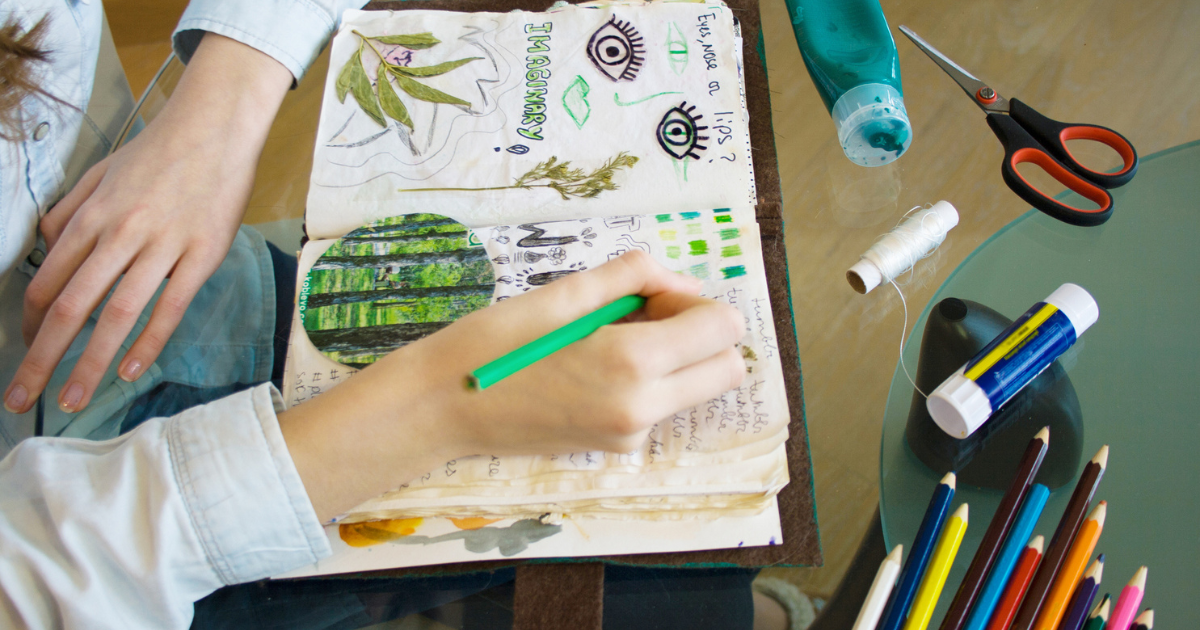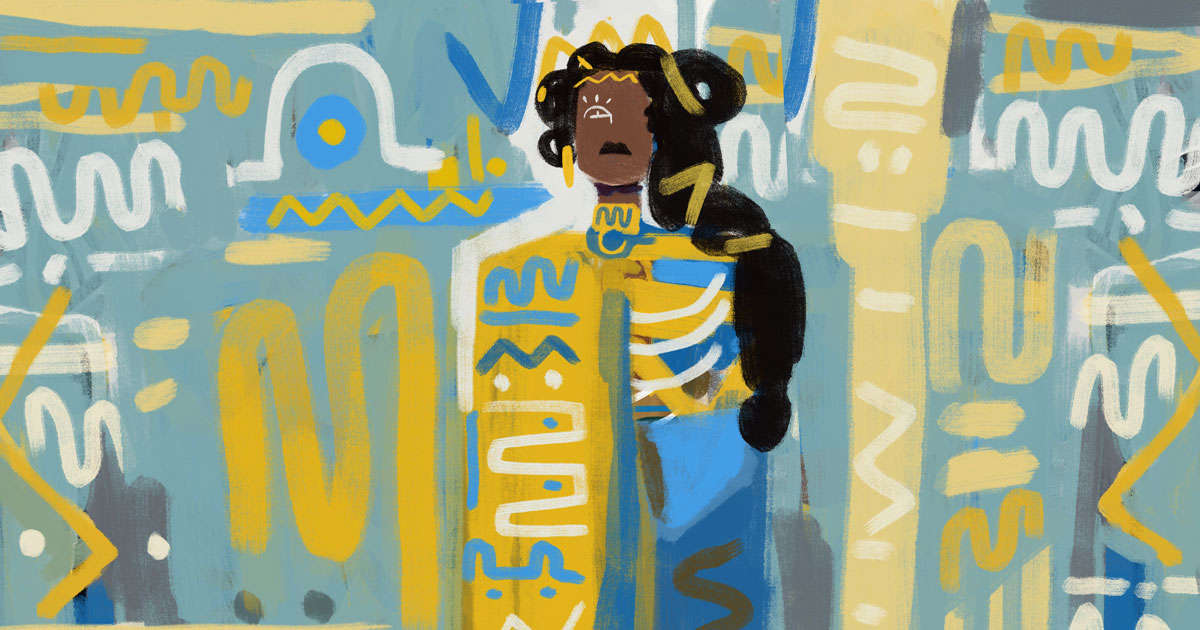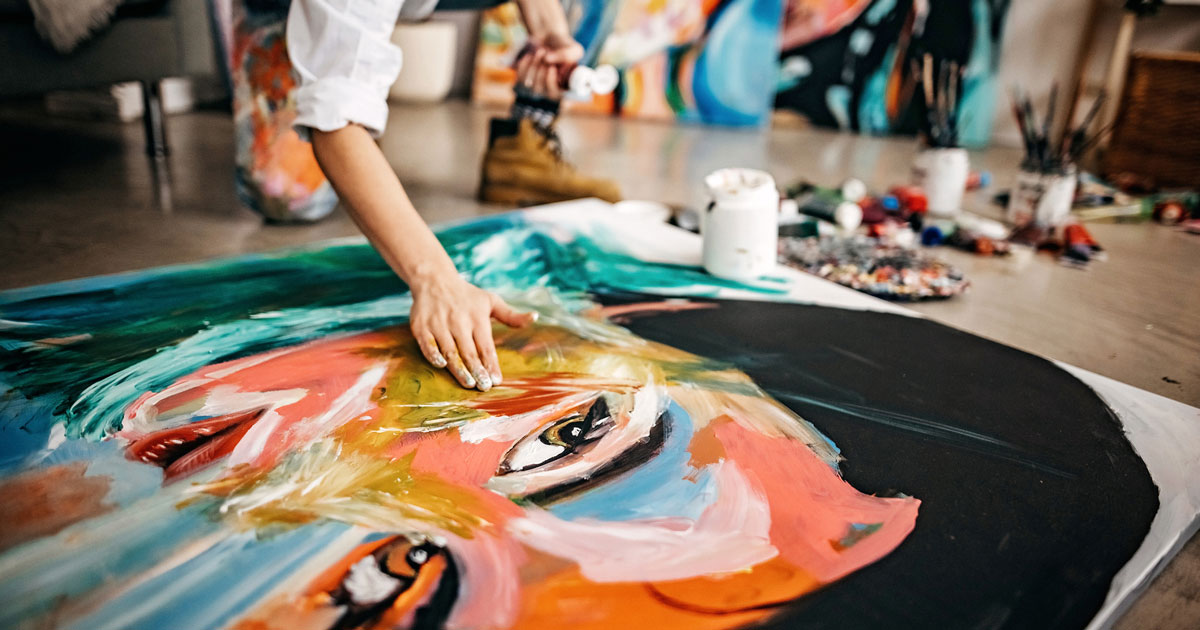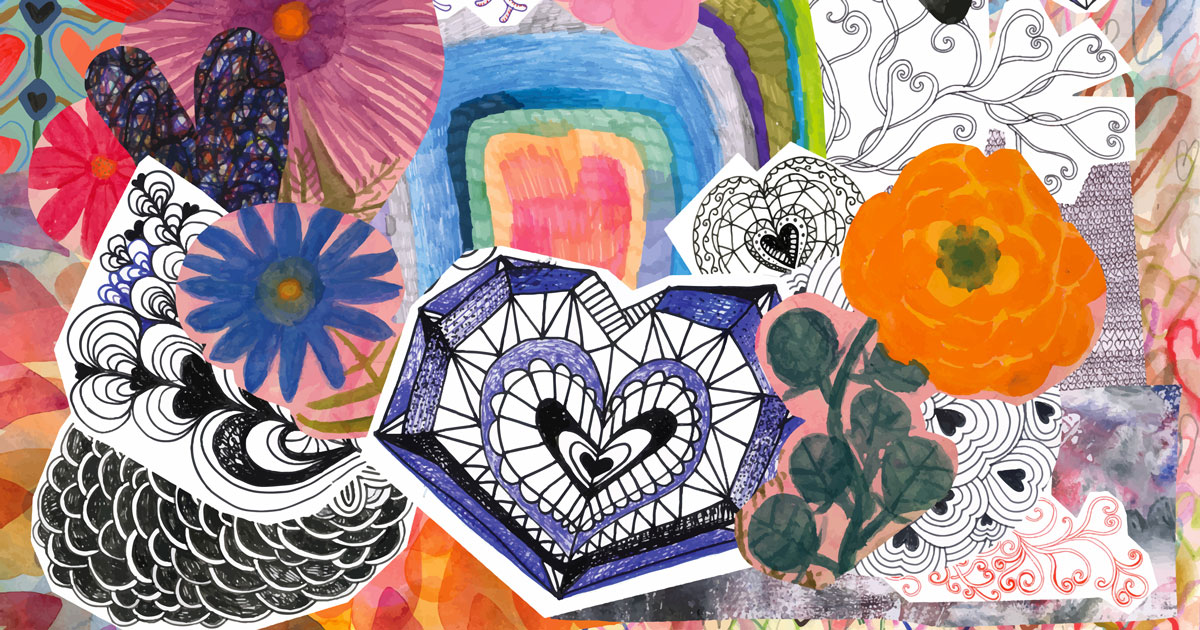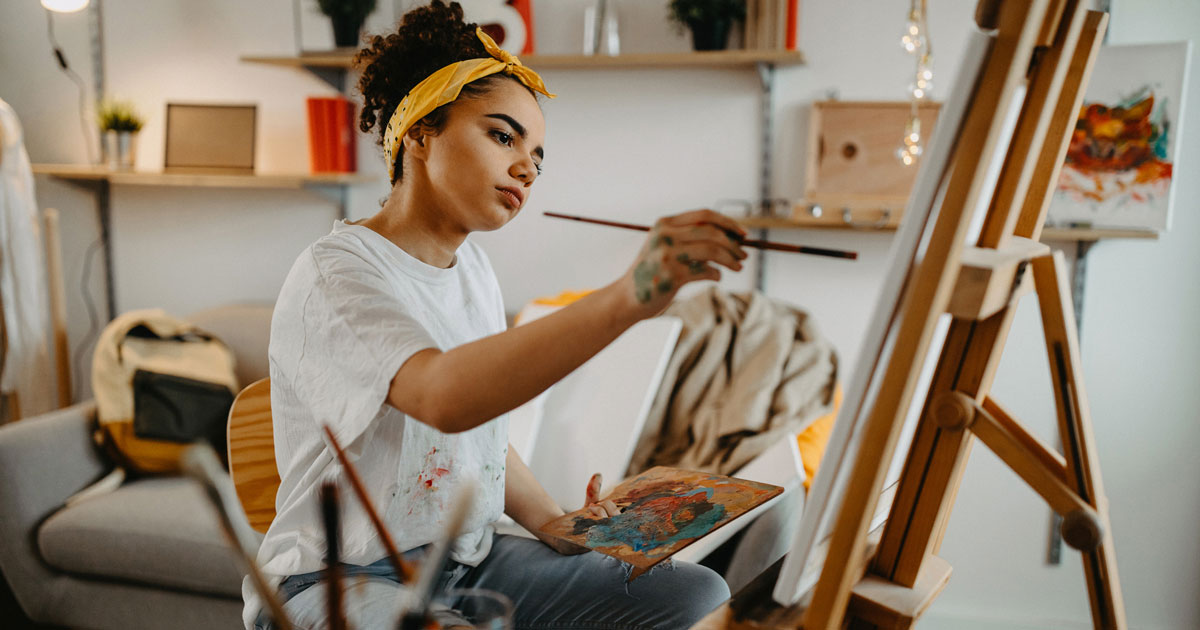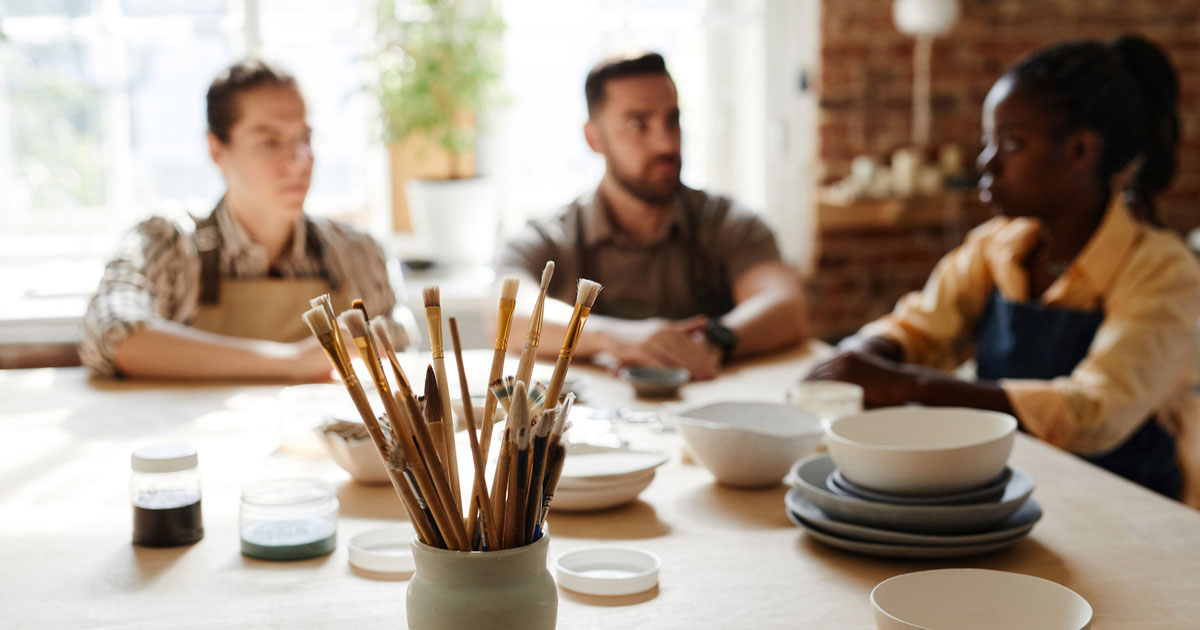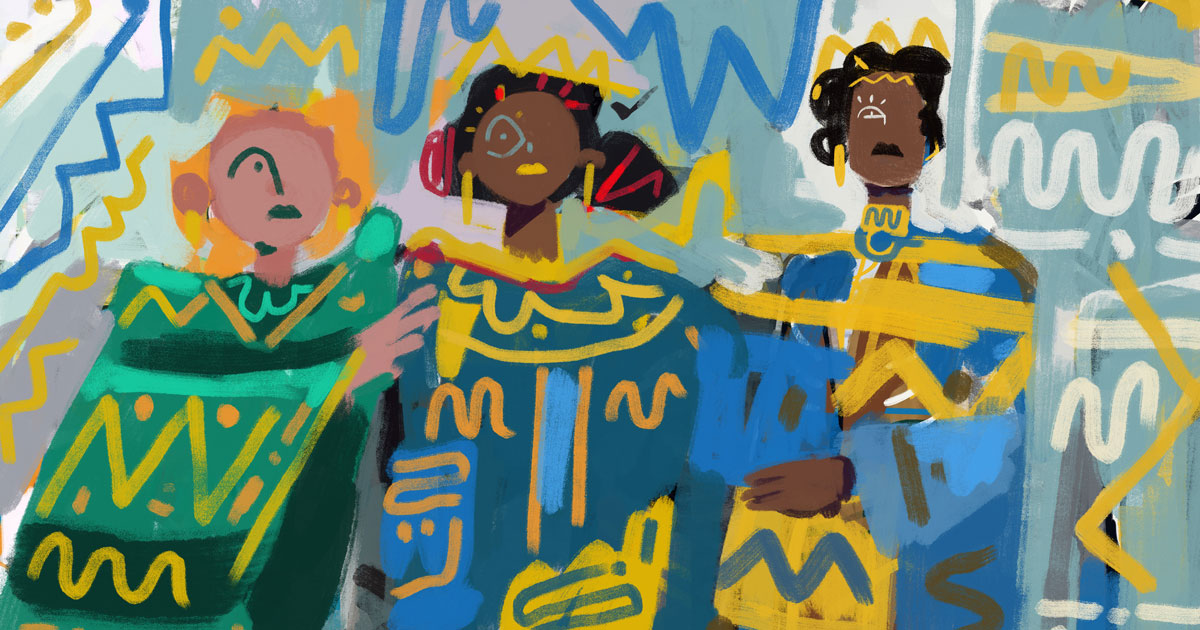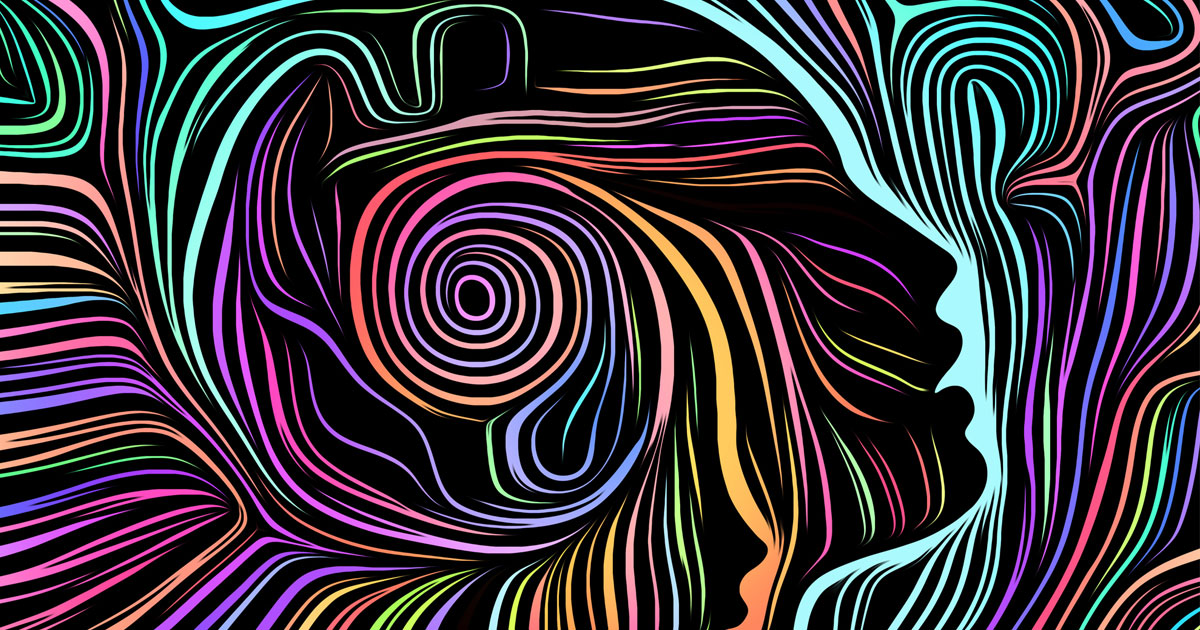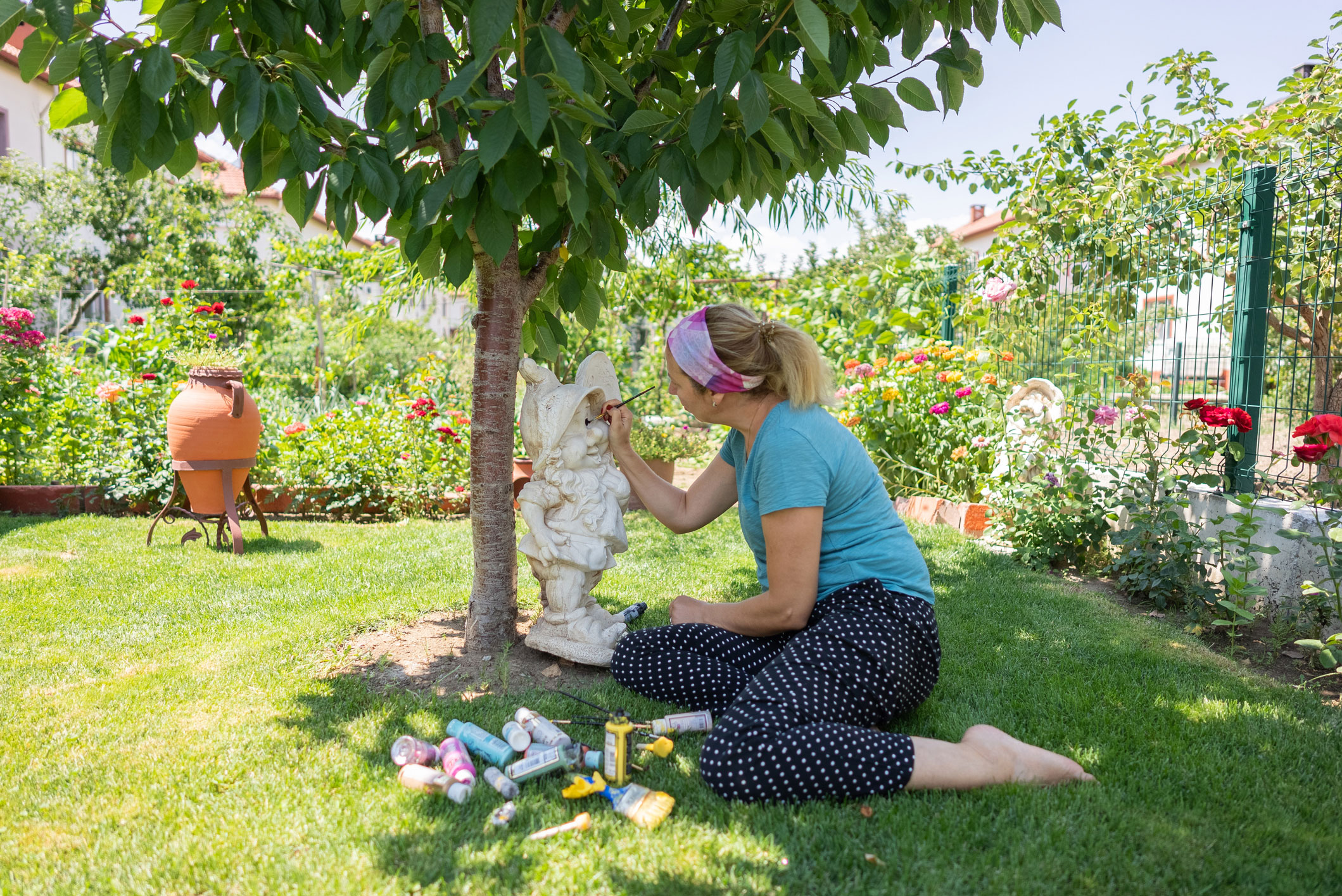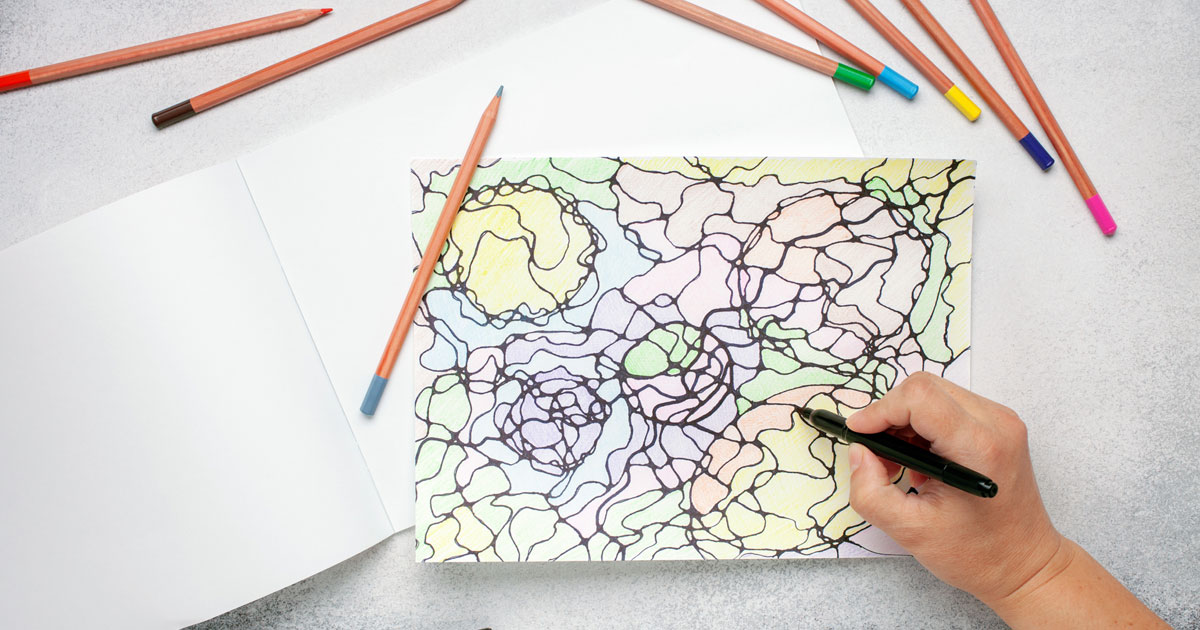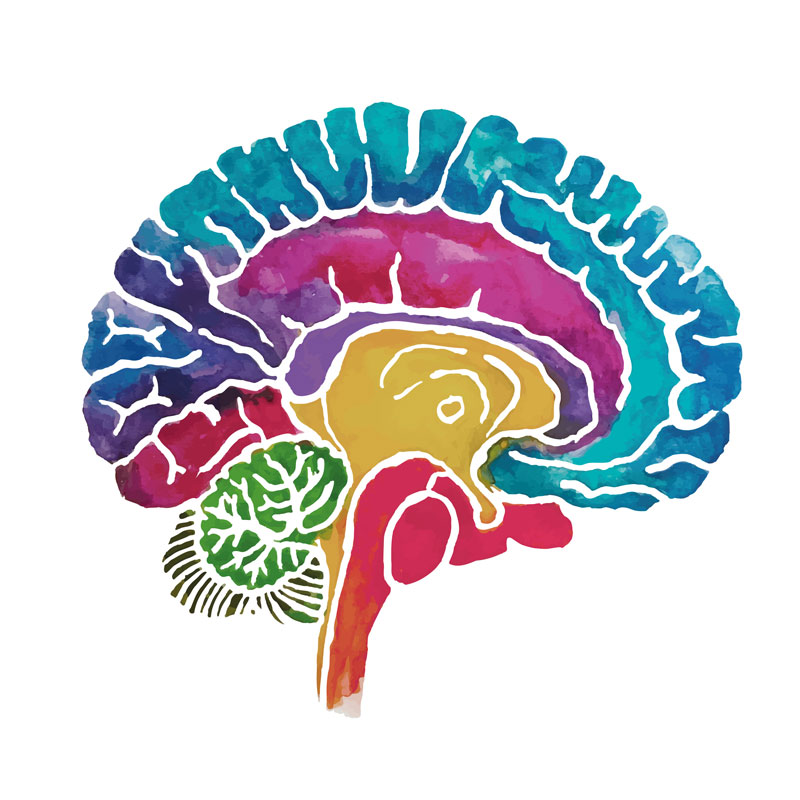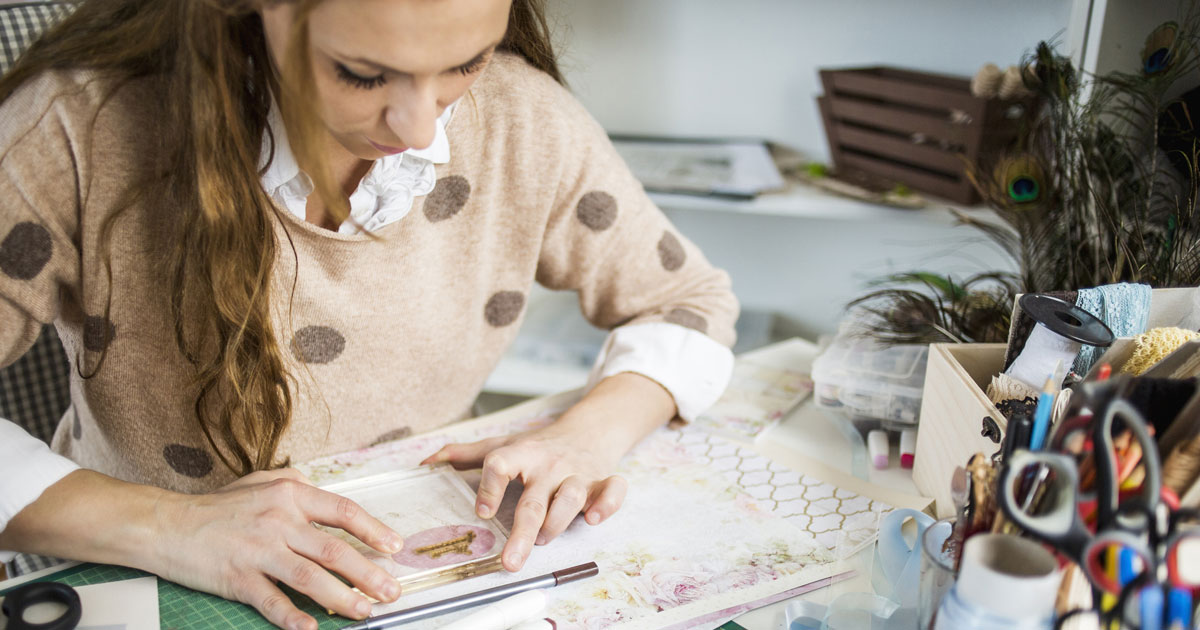Art can do more than create beautiful images—it has the power to transform how we see ourselves and the world around us. Whether you’re working through challenges, seeking clarity, or simply looking for a way to connect with your inner self, art provides a therapeutic outlet for expression and reflection.
This post will explore how art as therapy can shift beliefs, heal emotional wounds, and inspire personal growth. By tapping into creativity, we unlock new perspectives that empower us to navigate life with greater resilience and self-awareness. Plus, we’ll guide you through a hands-on activity designed to help you explore and process your emotions creatively.
Let’s dive into the transformative journey of art as therapy and discover the potential it holds to heal and inspire.
What is Art as Therapy?
Art as Therapy refers to the process of using creative expression as a tool for personal growth, emotional healing, and self-discovery. Unlike formal Art Therapy, which is a structured practice guided by a licensed therapist, Art as Therapy emphasizes an individual’s journey through creativity, allowing for reflection and transformation at their own pace.
The core idea behind Art as Therapy is that creating art—whether painting, drawing, sculpting, or journaling—can help us process emotions, challenge limiting beliefs, and uncover new perspectives. It’s not about skill or technique but about engaging with the process of creation as a form of mindfulness and self-expression.
Key Differences: Art as Therapy vs. Art Therapy
1. Art as Therapy:
- A self-directed practice.
- Focuses on using art as a meditative or reflective tool.
- No formal therapeutic intervention involved.
2. Art Therapy:
- Conducted by a licensed professional in a clinical setting.
- Combines psychological theories with creative expression.
- Tailored to address specific mental health concerns.
By embracing Art as Therapy, you can use creativity to gain insights into your emotions and experiences while enjoying the freedom to explore your unique artistic journey.
Activity: Transforming Beliefs and Perspectives
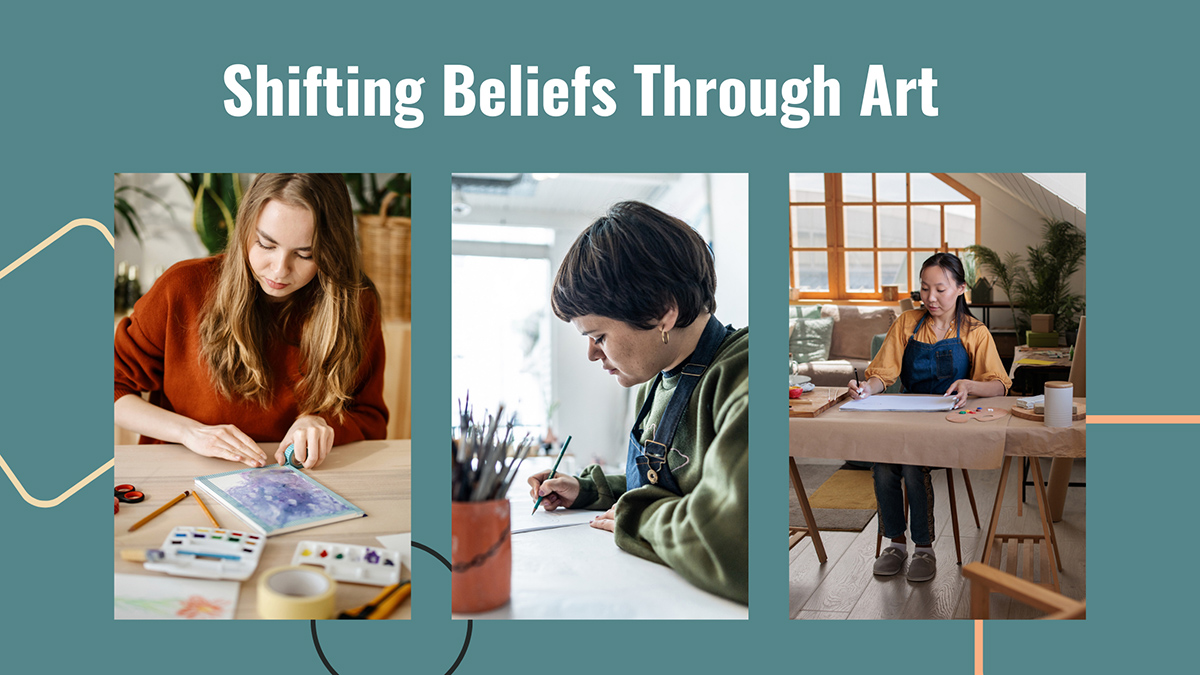
This activity is designed to help you explore a challenging belief or emotion through art and guide you toward seeing it from a fresh, positive perspective. By using shapes, colors, and lines, you’ll create a visual representation of your inner world and transform it into something empowering and hopeful.
Materials Needed
- Paper (any size or type)
- Markers, crayons, or colored pencils
- Optional: Paints, brushes, or collage materials (magazines, scissors, glue)
Instructions
- Set the Scene
- Find a quiet, comfortable space where you can focus without distractions.
- Take a few deep breaths and reflect on a challenging belief or feeling that’s been weighing on you (e.g., “I’m not good enough,” or “I feel stuck”).
- Create Your Initial Image
- Think about the belief or feeling you’ve chosen. How does it feel in your body? What shapes, colors, or lines come to mind when you think of it?
- On your paper, draw or paint a representation of that belief or emotion. Let your instincts guide you—it doesn’t need to look like anything specific.
- Transform the Image
- Now, consider what a positive or freeing perspective might look like. For example, if your initial image feels heavy and dark, imagine lightness, movement, or brightness.
- Add new elements to your artwork:
- Use brighter colors or smoother lines.
- Overlay shapes that represent growth, love, or freedom.
- Incorporate symbols that resonate with you (e.g., flowers, rays of sunlight, or flowing water).
- Reflect
- Step back and look at your finished piece. How does the transformation make you feel? Write down a few words or phrases about what you see now.
- Consider how the process of creating art helped you shift your perspective on the belief or emotion you started with.
Tips for Making It Meaningful
- Don’t worry about how “good” your art looks. Focus on how it makes you feel.
- Use music or lighting to create a calming atmosphere as you work.
- After completing the activity, consider journaling about your experience to deepen your insights.
This exercise isn’t just about creating something visually appealing—it’s about connecting with yourself and finding new ways to embrace positivity and growth.
How This Transforming Beliefs and Perspectives Activity Helps
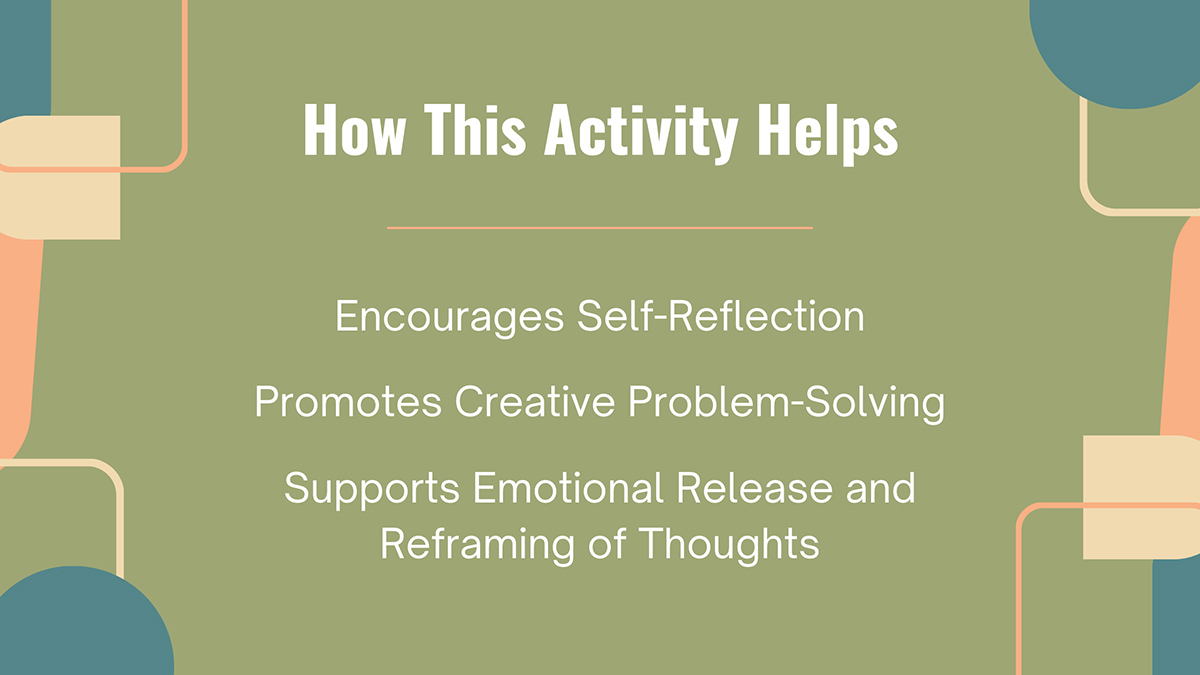
Engaging in the “Transforming Beliefs and Perspectives” activity offers several mental health and emotional benefits. By combining self-reflection with creative expression, this exercise supports a deeper understanding of your inner world and empowers you to shift your mindset in meaningful ways.
1. Encourages Self-Reflection
Taking the time to visualize and represent a challenging belief or emotion helps you identify its root cause and how it manifests in your thoughts and feelings. This process can lead to greater self-awareness, which is a vital step in personal growth and emotional healing.
2. Promotes Creative Problem-Solving
By transforming your artwork, you’re practicing a creative approach to problem-solving. The process of reimagining a difficult belief as something positive fosters mental flexibility and encourages you to see challenges from new perspectives. This skill can translate into real-life situations, helping you find innovative solutions to obstacles.
3. Supports Emotional Release and Reframing of Thoughts
Art is a safe outlet for emotions that might otherwise feel overwhelming. As you create and transform your artwork, you release the negative energy tied to the original belief or emotion. Adding positive elements helps you reframe your thoughts, replacing limiting beliefs with empowering ones.
This activity not only provides a moment of peace and mindfulness but also equips you with the tools to navigate challenges with greater resilience and creativity. It’s a small yet powerful step toward a more positive and balanced mindset.
Art As Therapy
Watch the video below for a step-by-step guide to this activity! Follow along as we walk you through the process of transforming beliefs and perspectives using art.
Get inspired and start your creative journey today!
Additional Resources
Discover more ways creativity can be a powerful ally in healing and recovery. From reflective art journaling prompts and therapeutic coloring pages to inspiring quotes on the transformative power of art, these resources are designed to nurture self-expression and emotional growth. Whether you’re exploring creativity as a way to process emotions, reduce stress, or celebrate progress in your journey, these tools can help you reconnect with yourself and find peace through artistic expression.
- Quotes on the Healing Power of Art for Recovery: Be inspired by powerful words that highlight how art can transform and heal. Read the quotes here.
- Using Recovery Coloring Pages To Help Your Recovery: Explore how coloring can be a calming and therapeutic practice in your recovery journey. Download coloring pages here.
- Art Journaling Prompts for People in Recovery: Dive into reflective prompts designed to help you process emotions and celebrate progress. Get the prompts here.
- How Creativity Aids in Addiction Recovery: Learn how creative activities like painting, writing, and crafting can foster healing and growth in recovery. Read the article here.
Tap into the power of art to heal, grow, and embrace your recovery journey!
Embrace the Transformative Power of Art
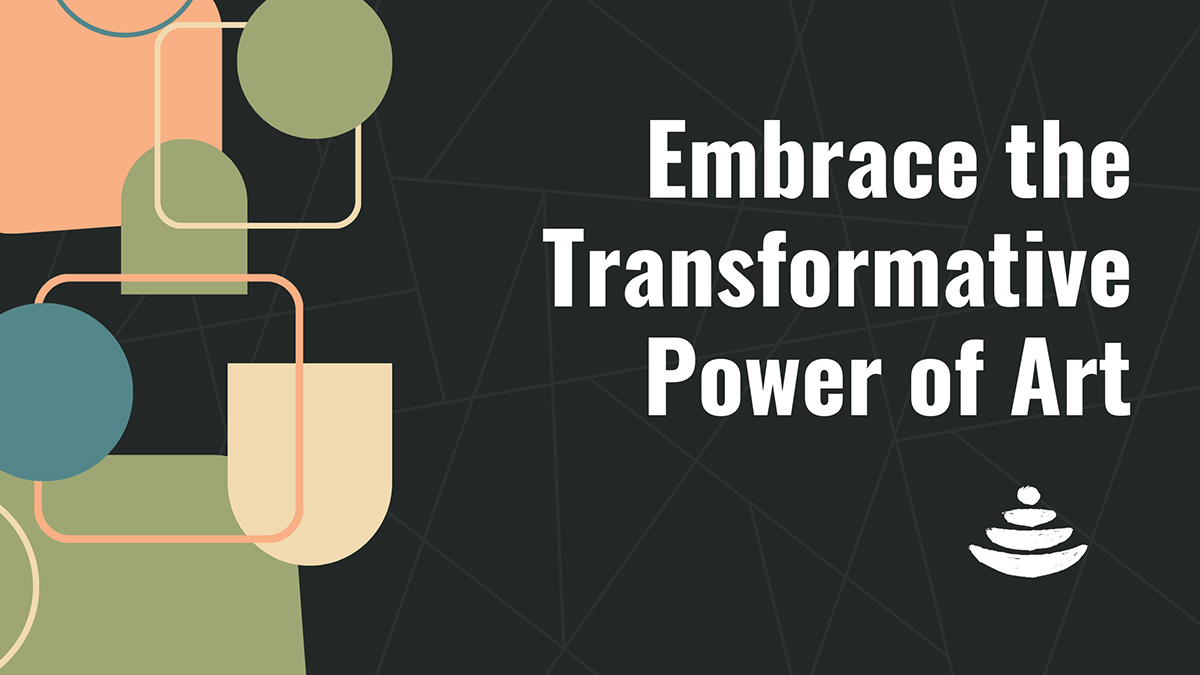
We’d love to see how you use art to transform your beliefs and perspectives! Share your artwork or experiences in the comments below or on social media using the hashtag #ECHOArtJourney. Your story could inspire someone else to begin their creative healing journey.
Don’t miss out on more resources and activities—subscribe to our newsletter for updates on new tools, guides, and inspiration to support your growth and recovery. Together, let’s explore the power of art to heal and transform!
Jenny Weatherall is the co-owner and CEO of Eminent SEO, a design and marketing agency founded in 2009. She has worked in the industry since 2005, when she fell in love with digital marketing… and her now husband and partner, Chris. Together they have 6 children and 3 granddaughters.
Jenny has a passion for learning and sharing what she learns. She has researched, written and published hundreds of articles on a wide variety of topics, including: SEO, design, marketing, ethics, business management, sustainability, inclusion, behavioral health, wellness and work-life balance.
